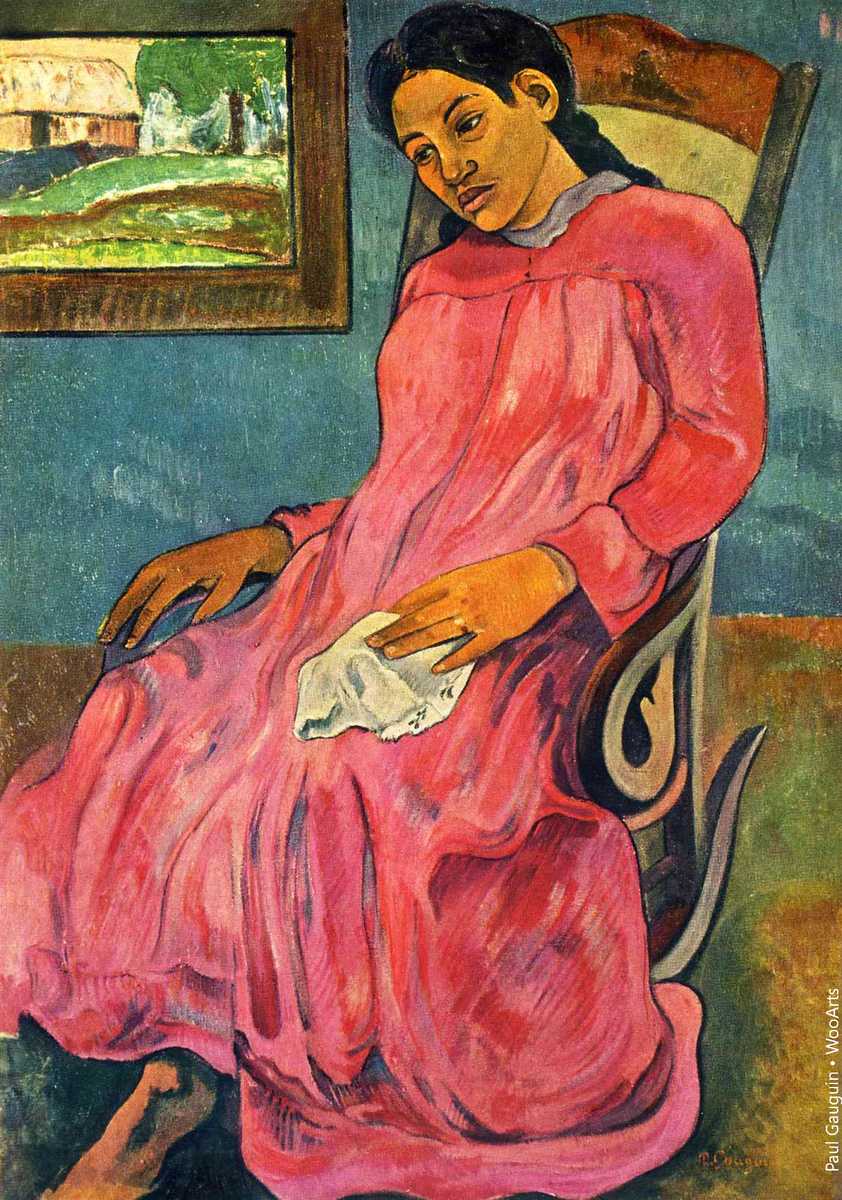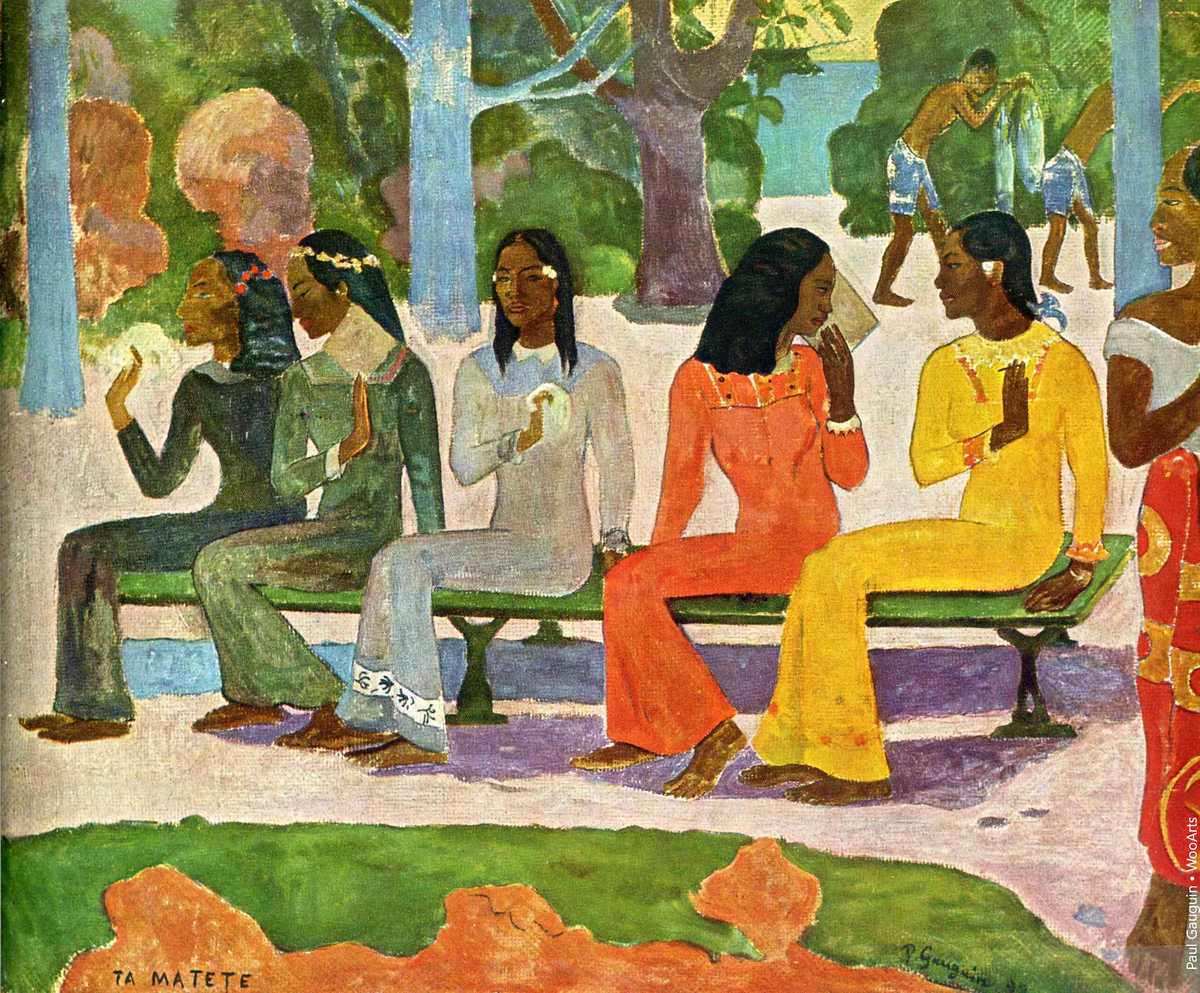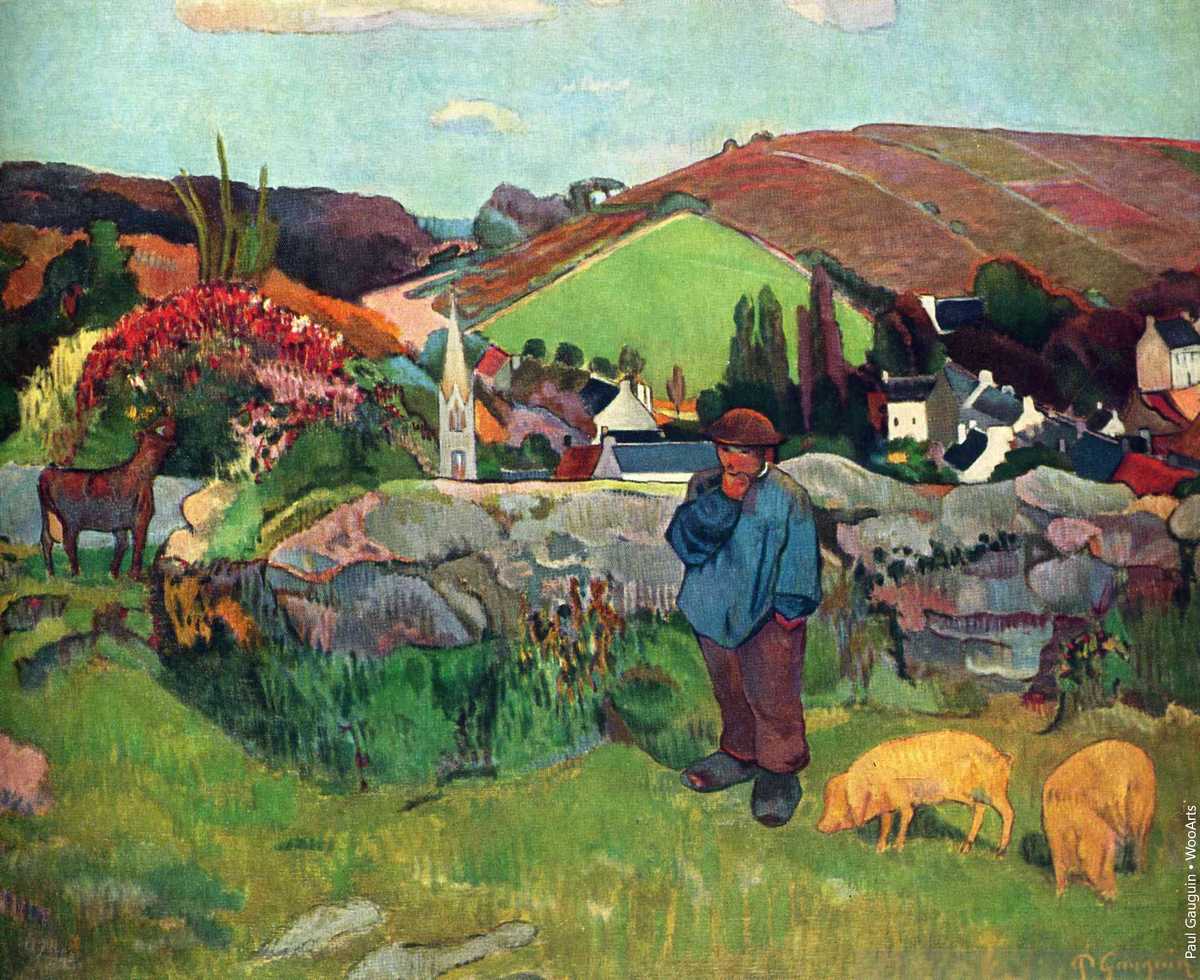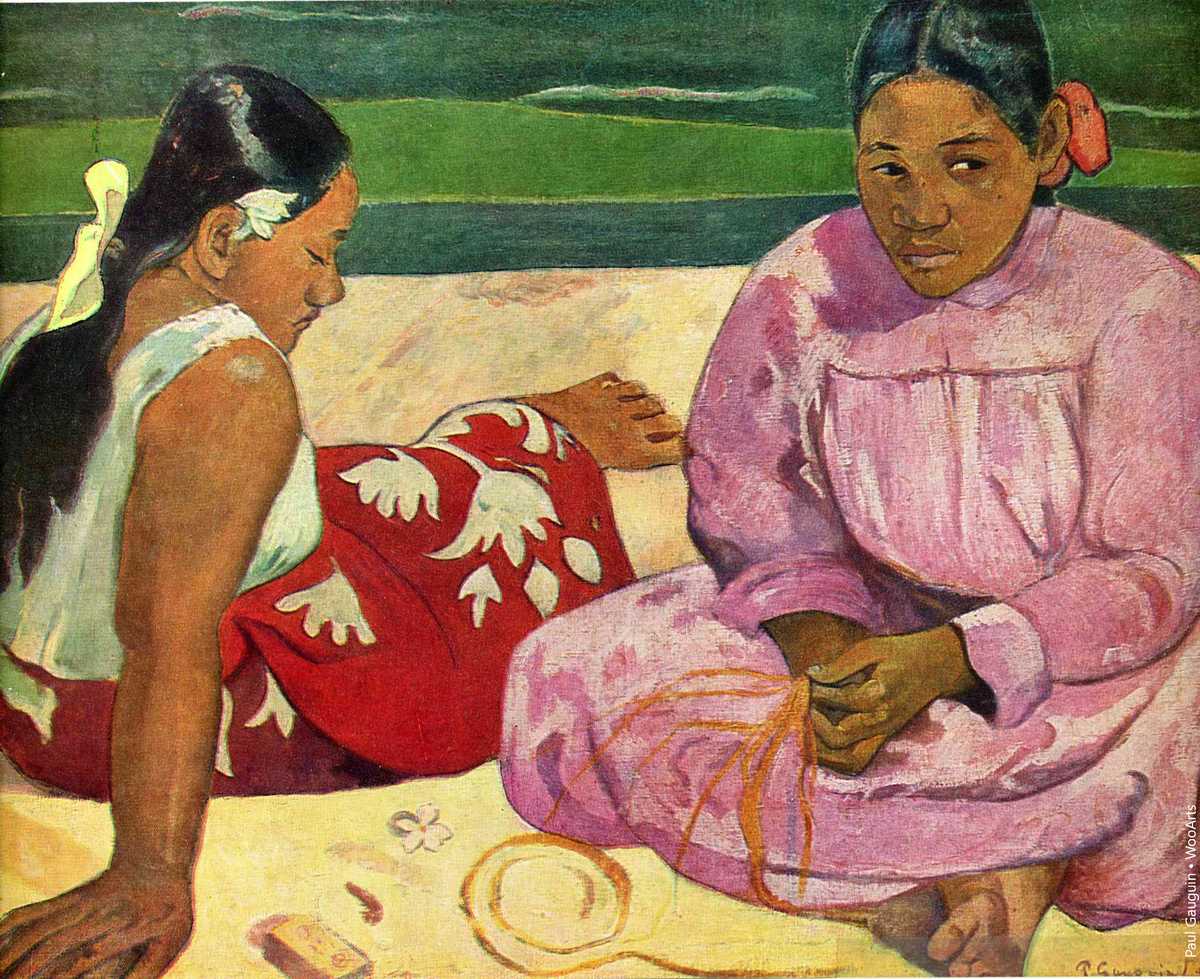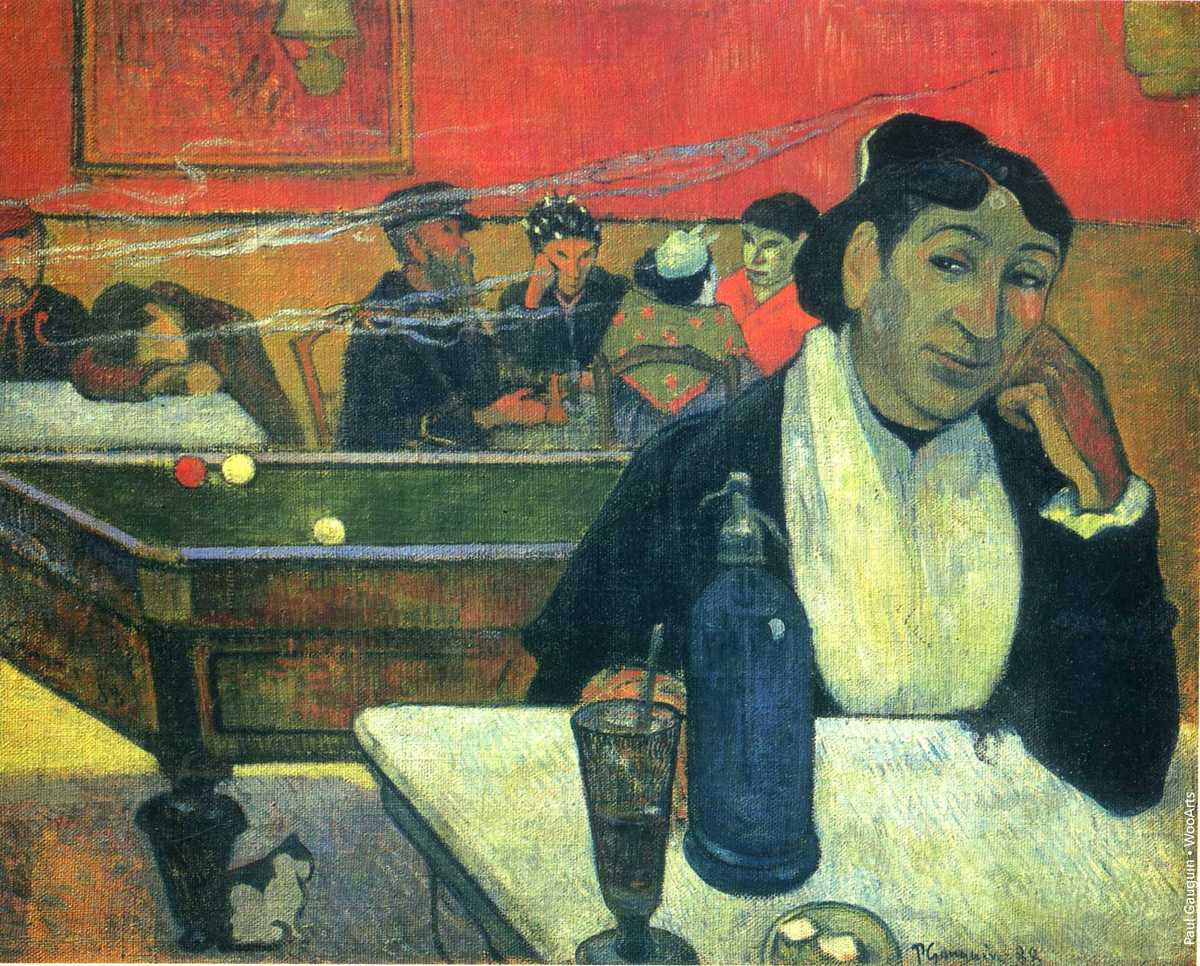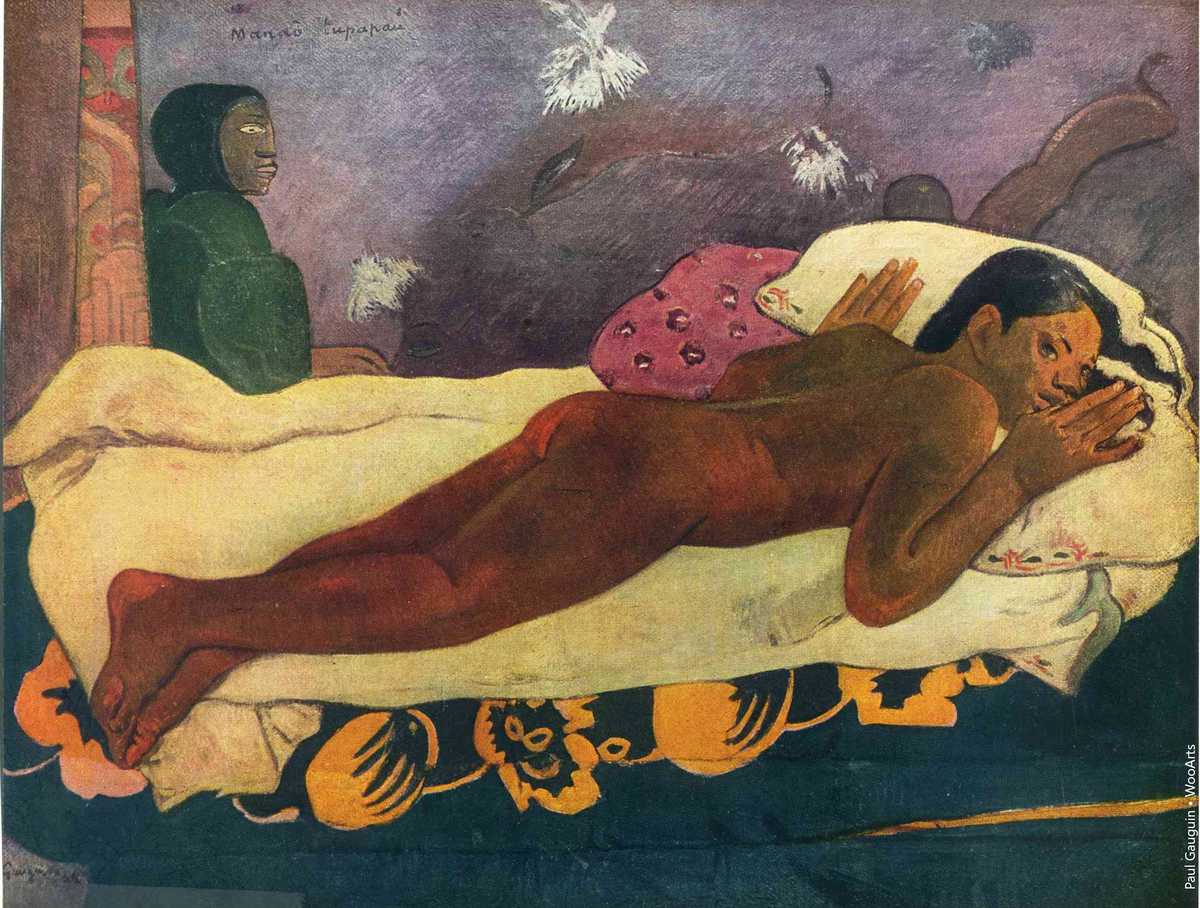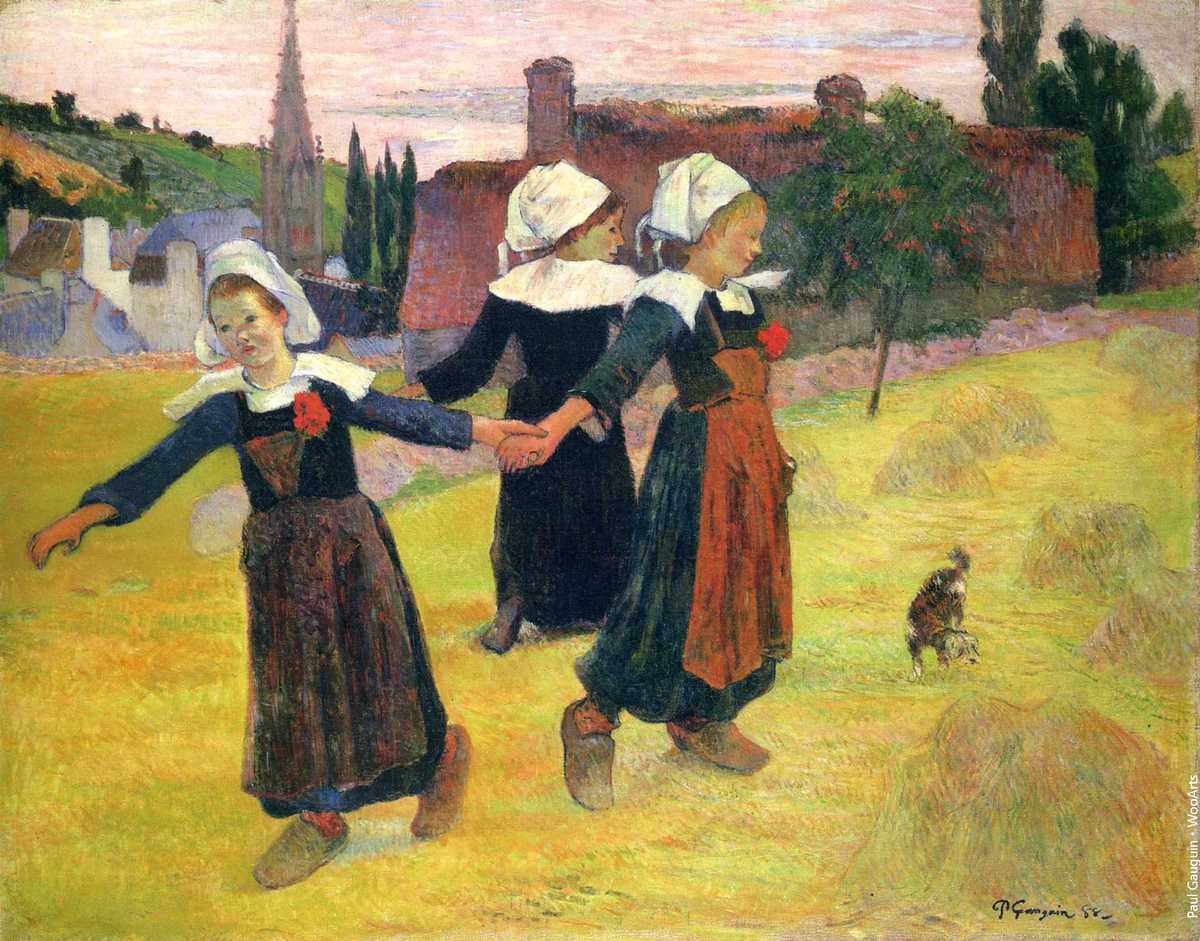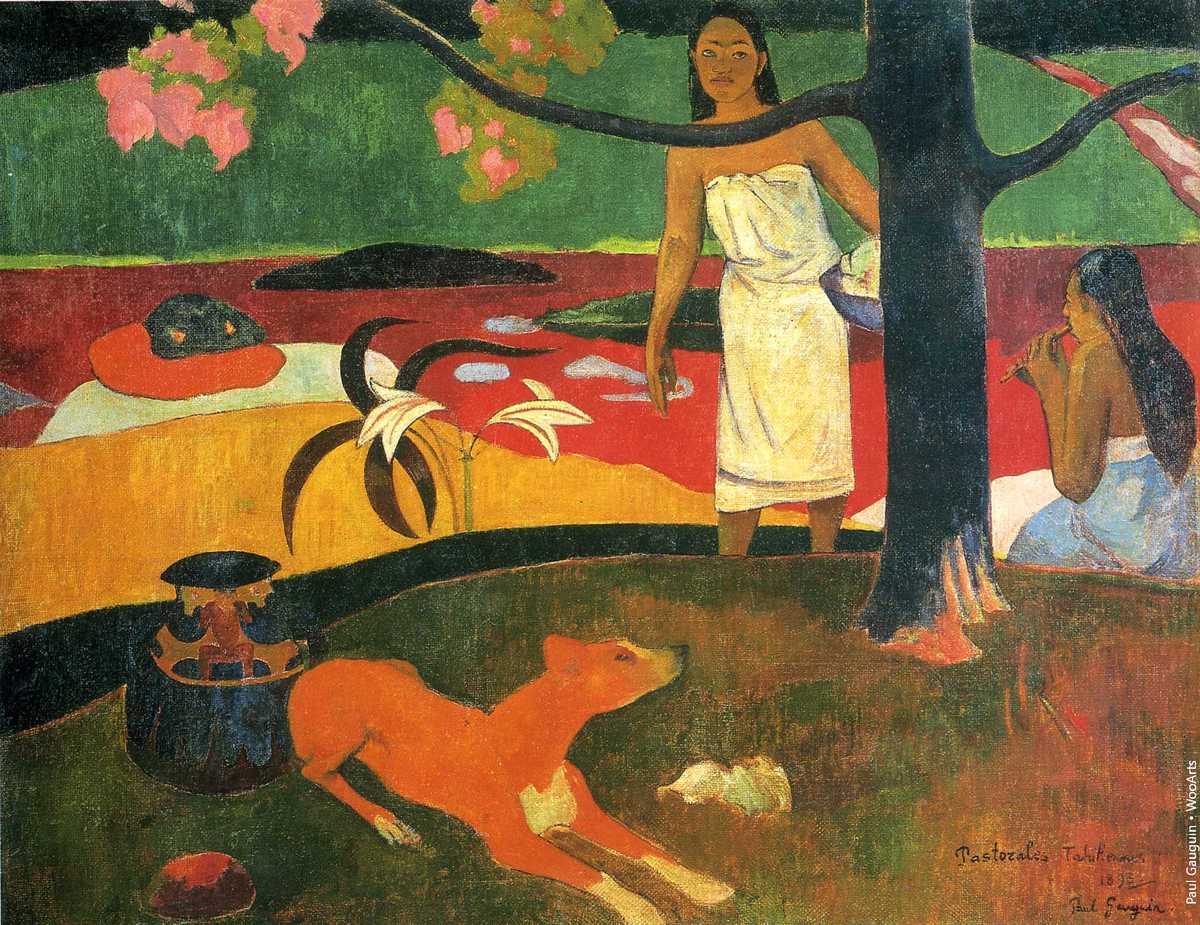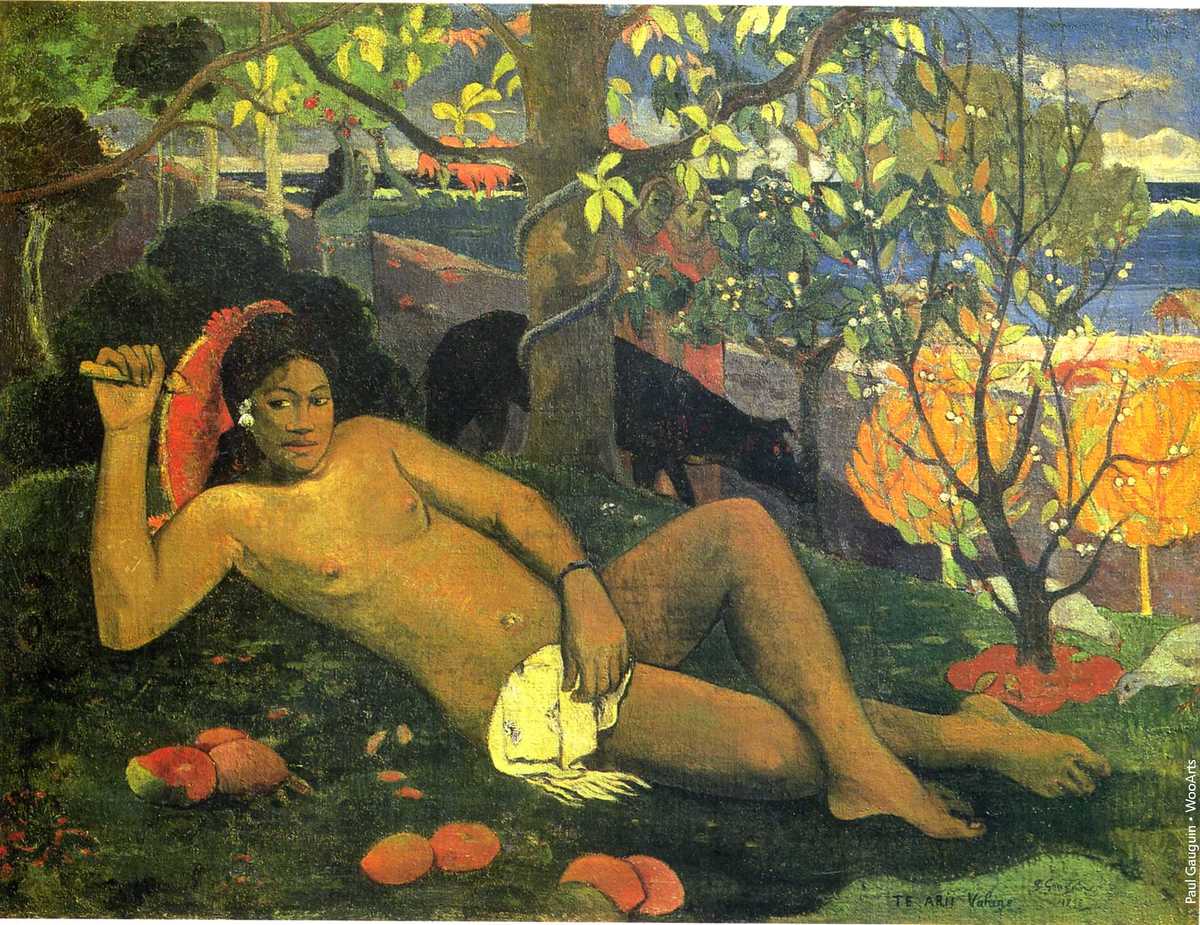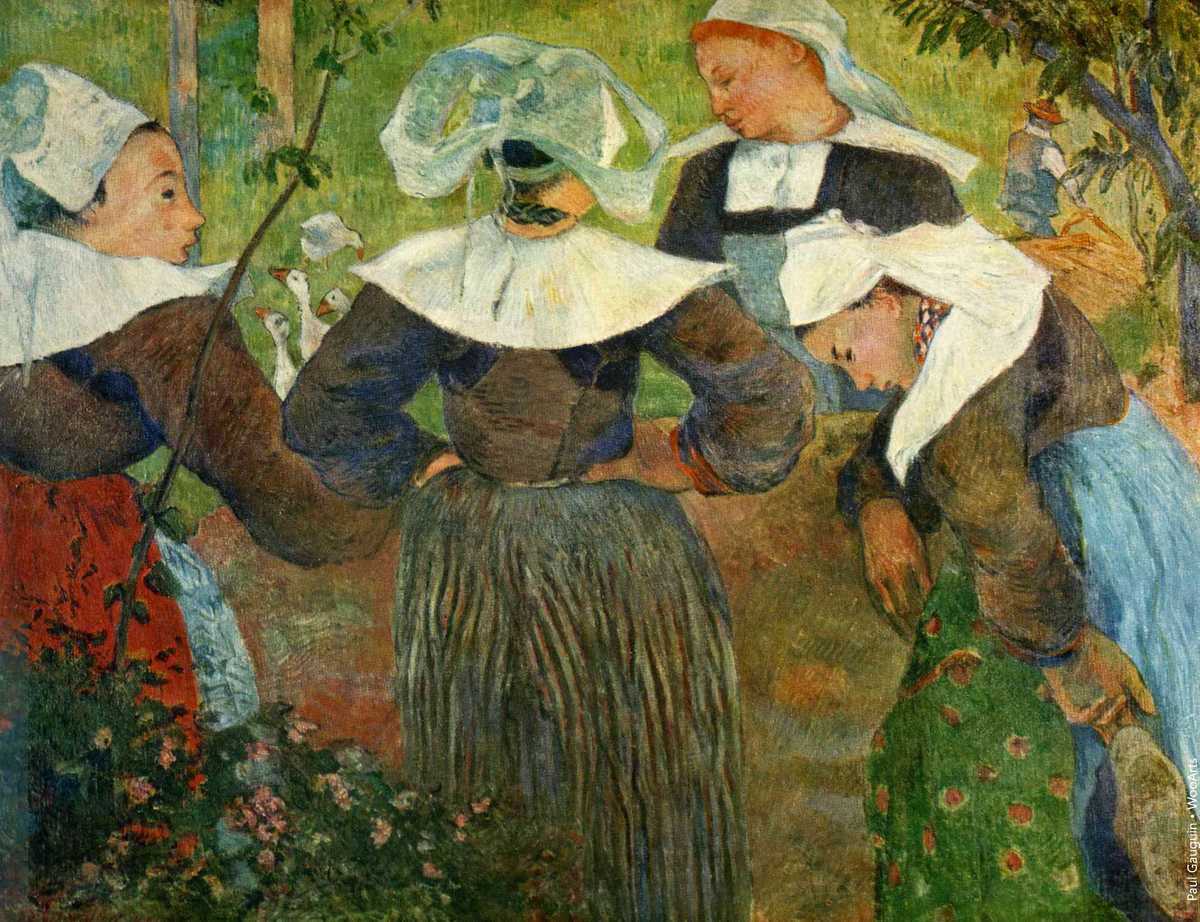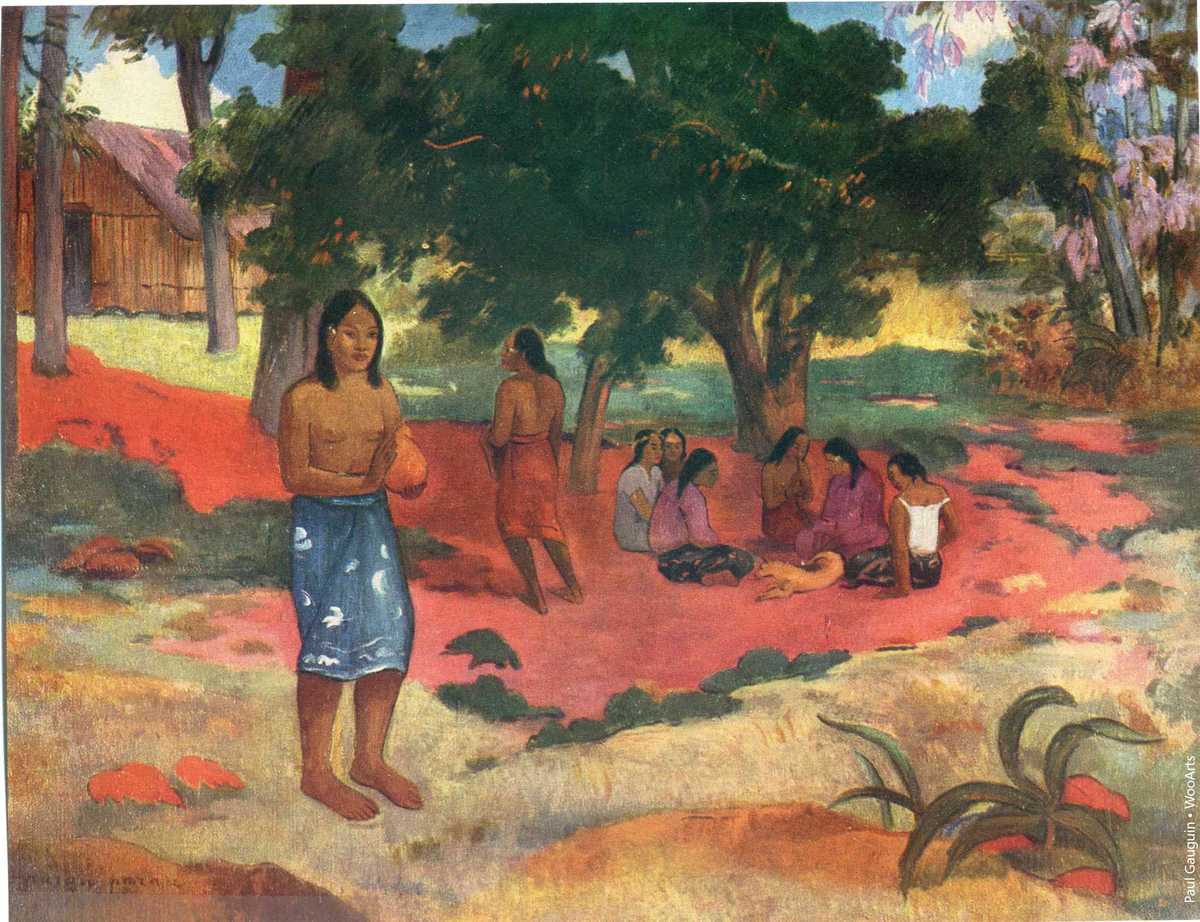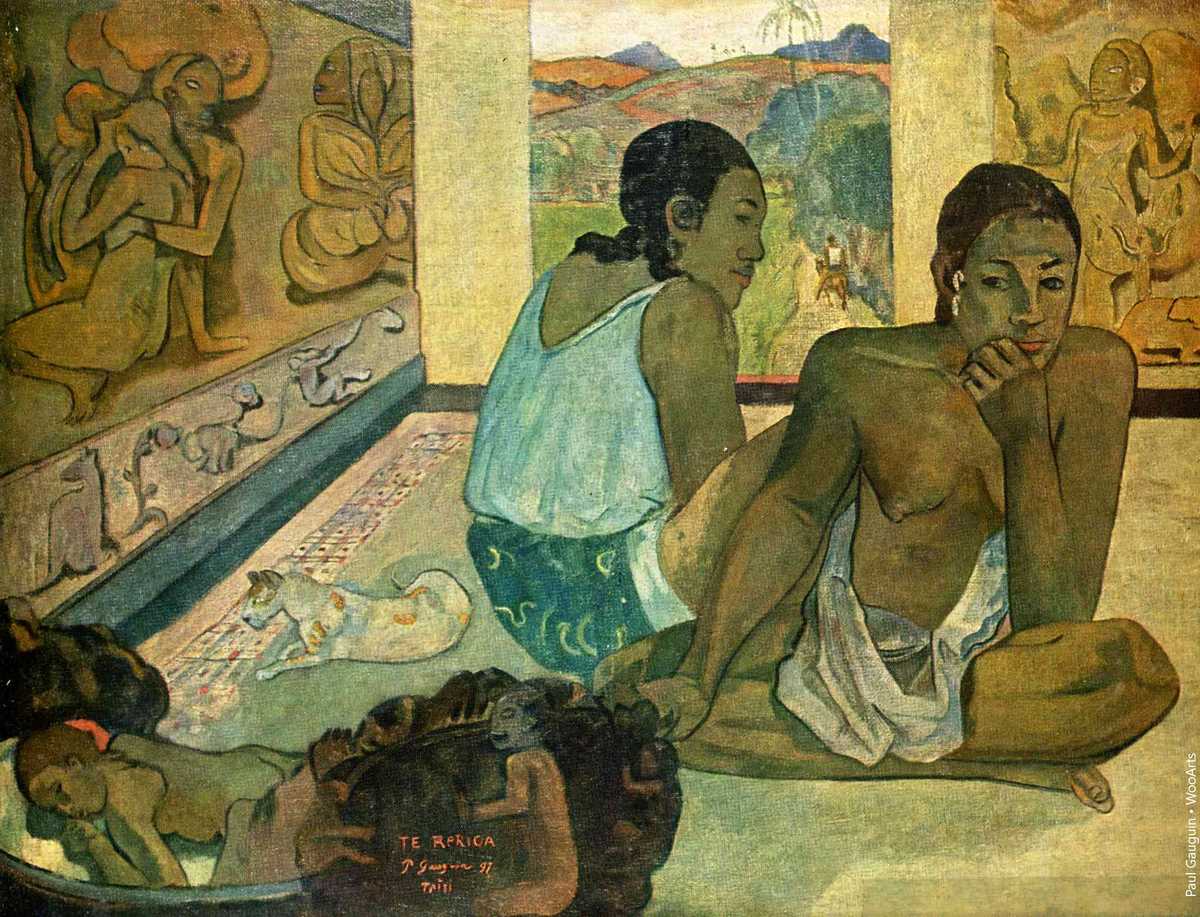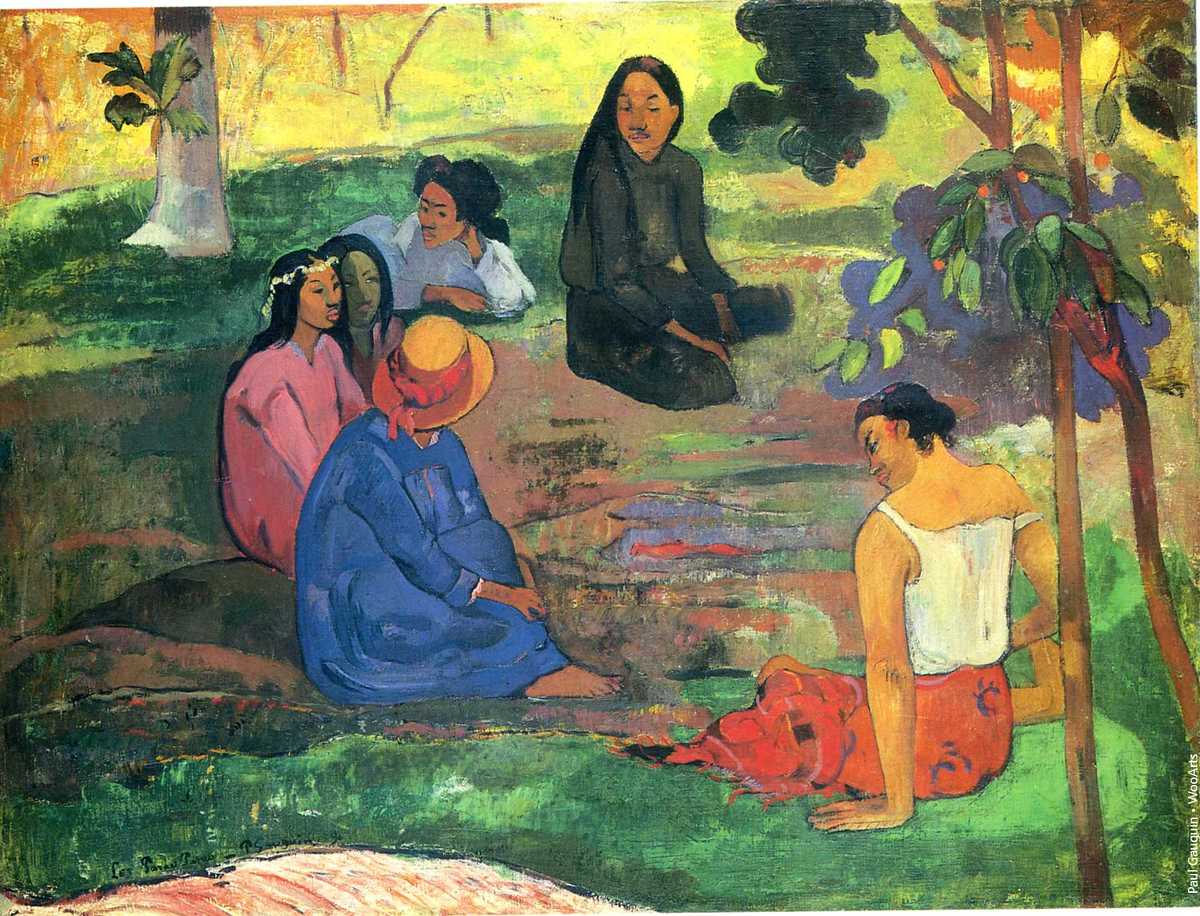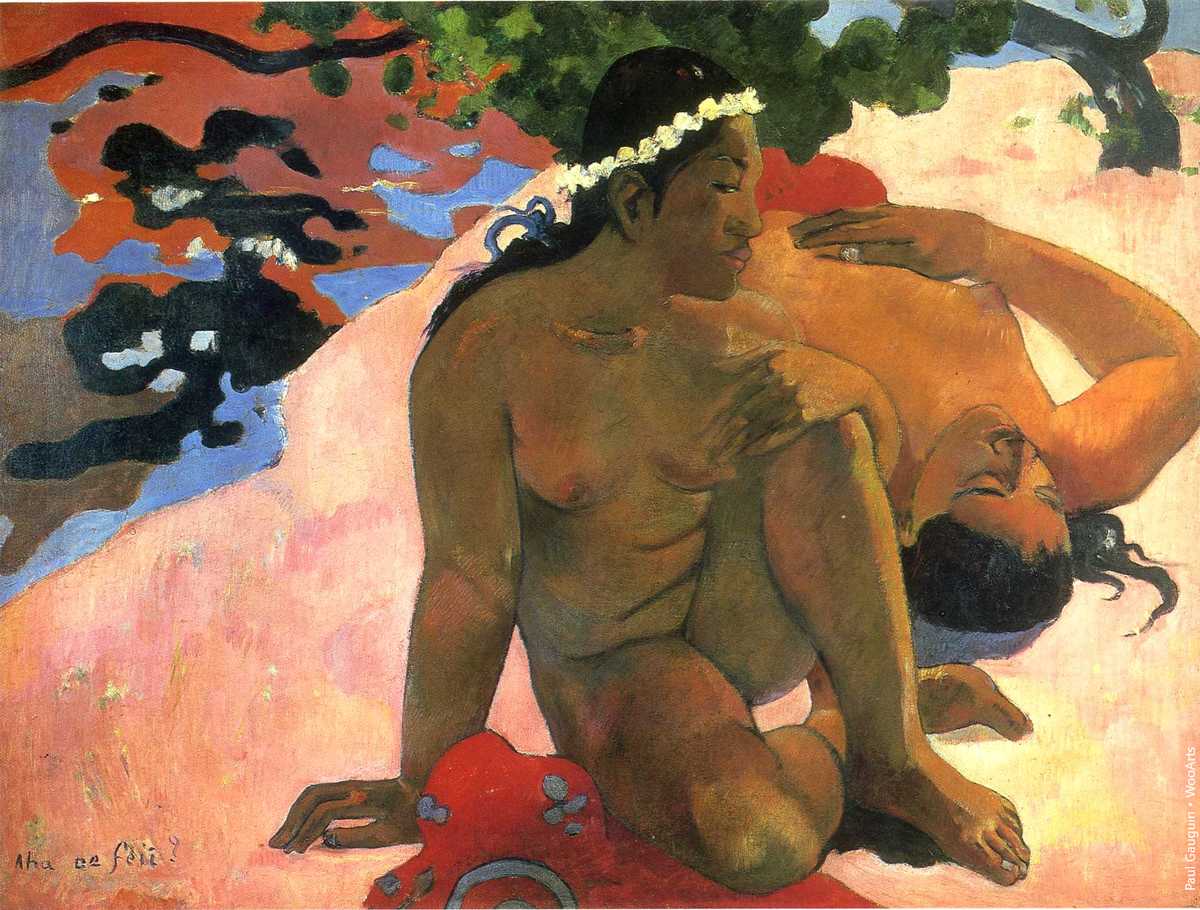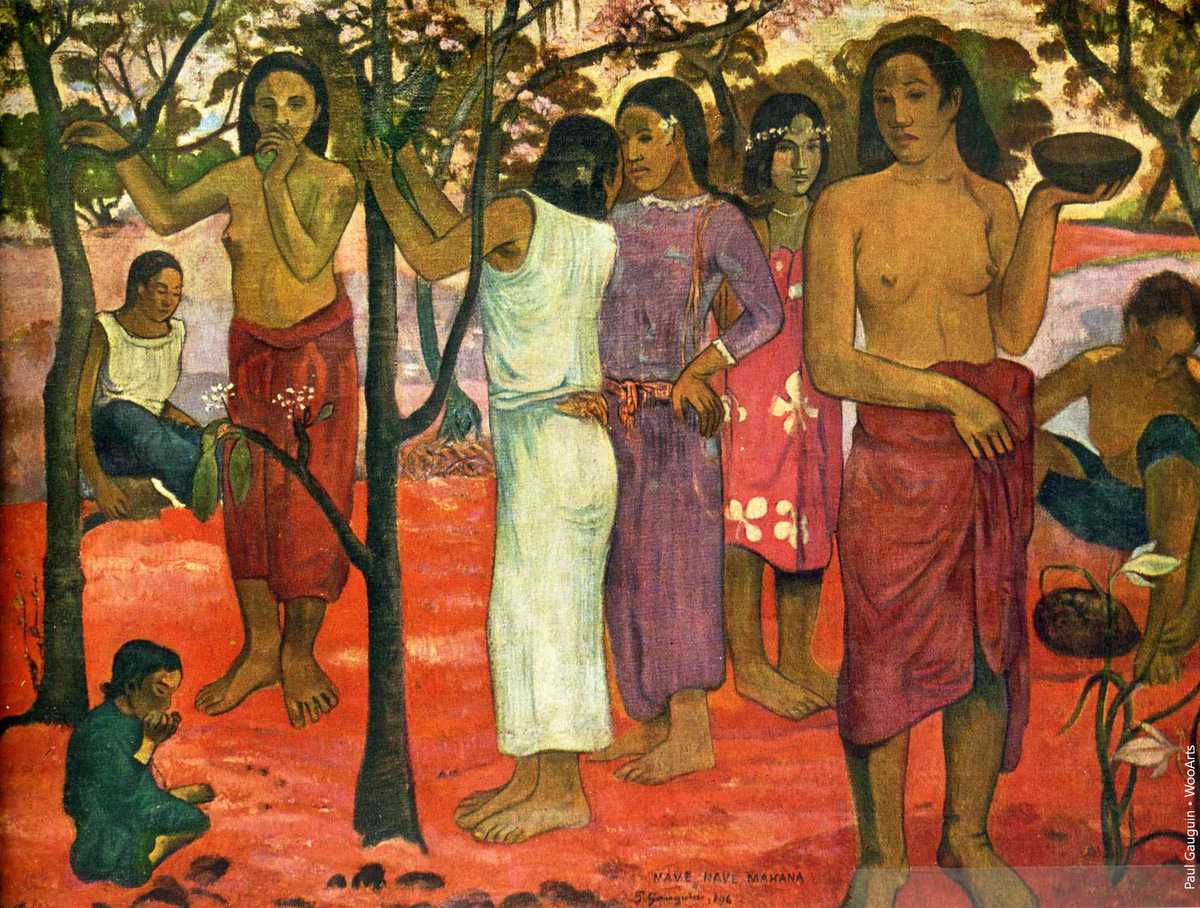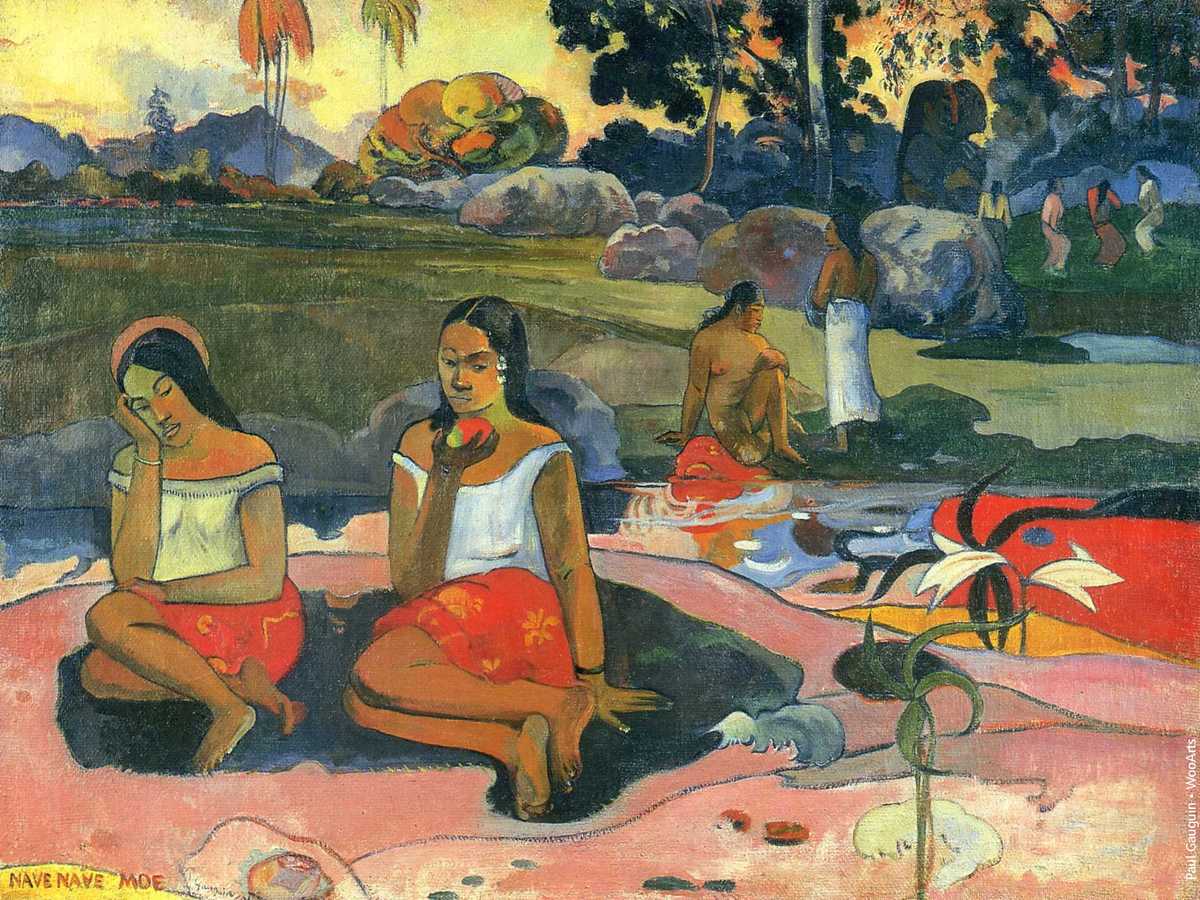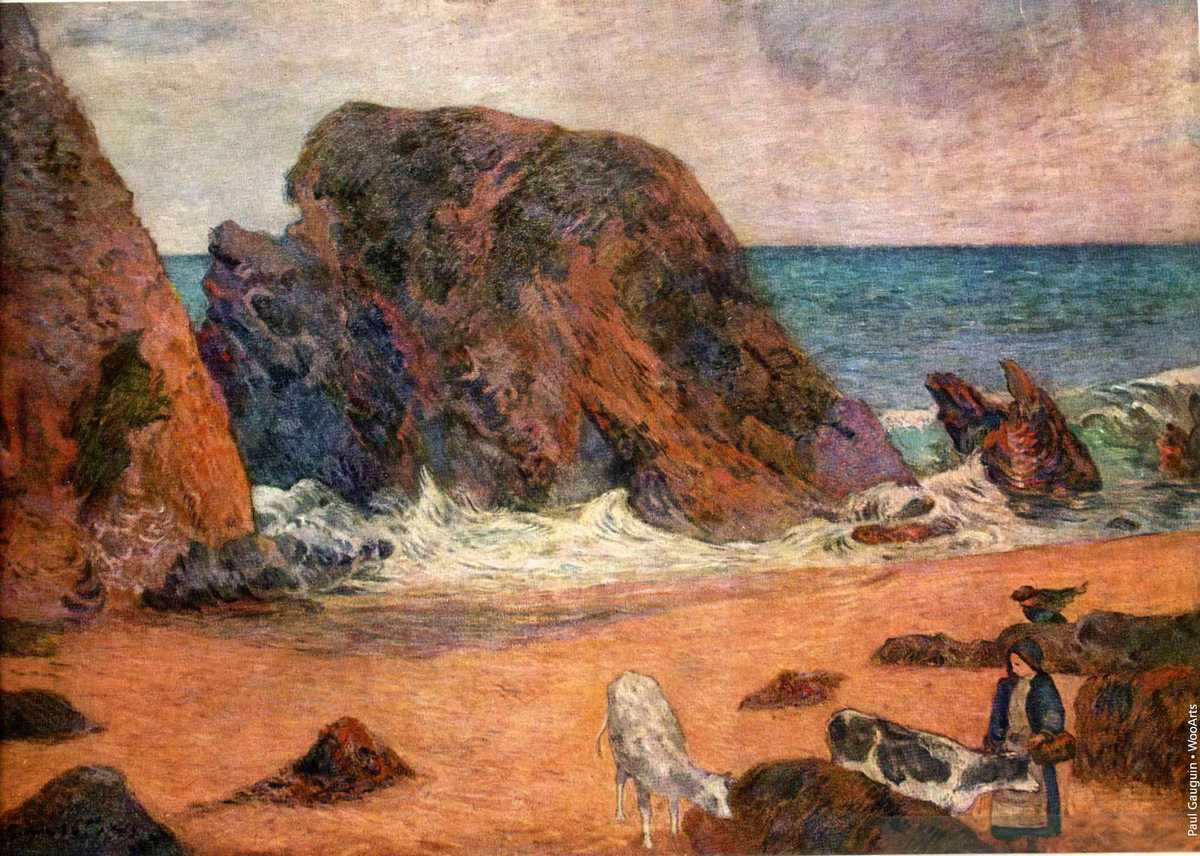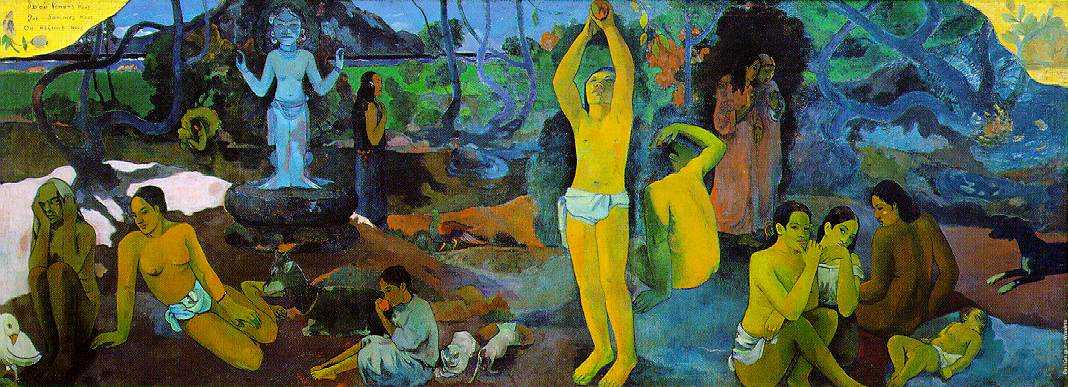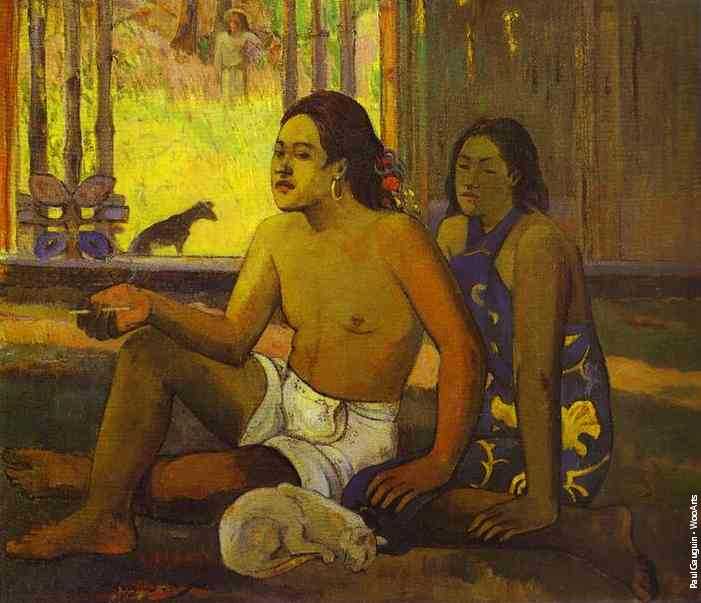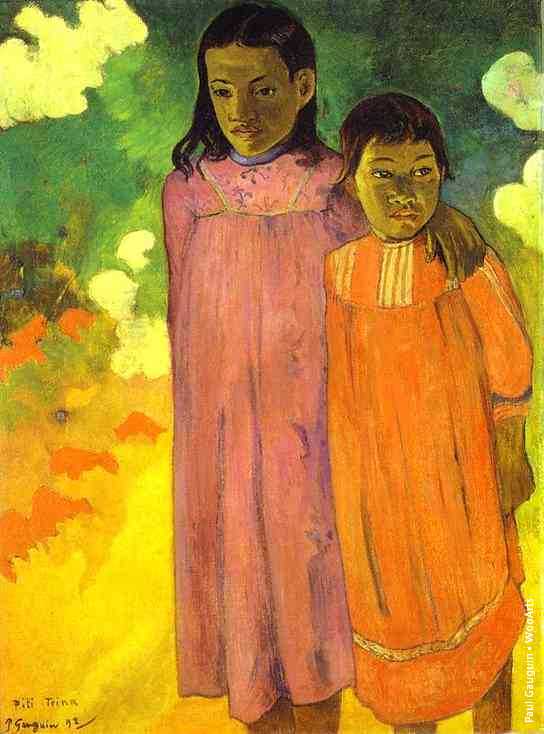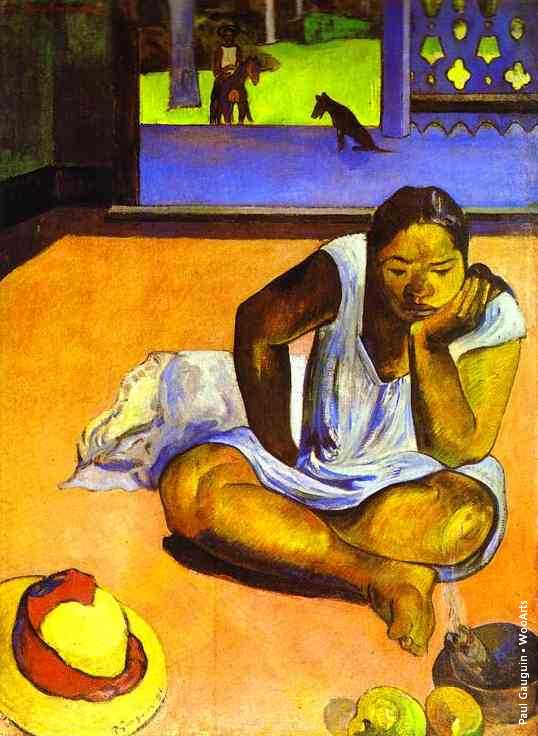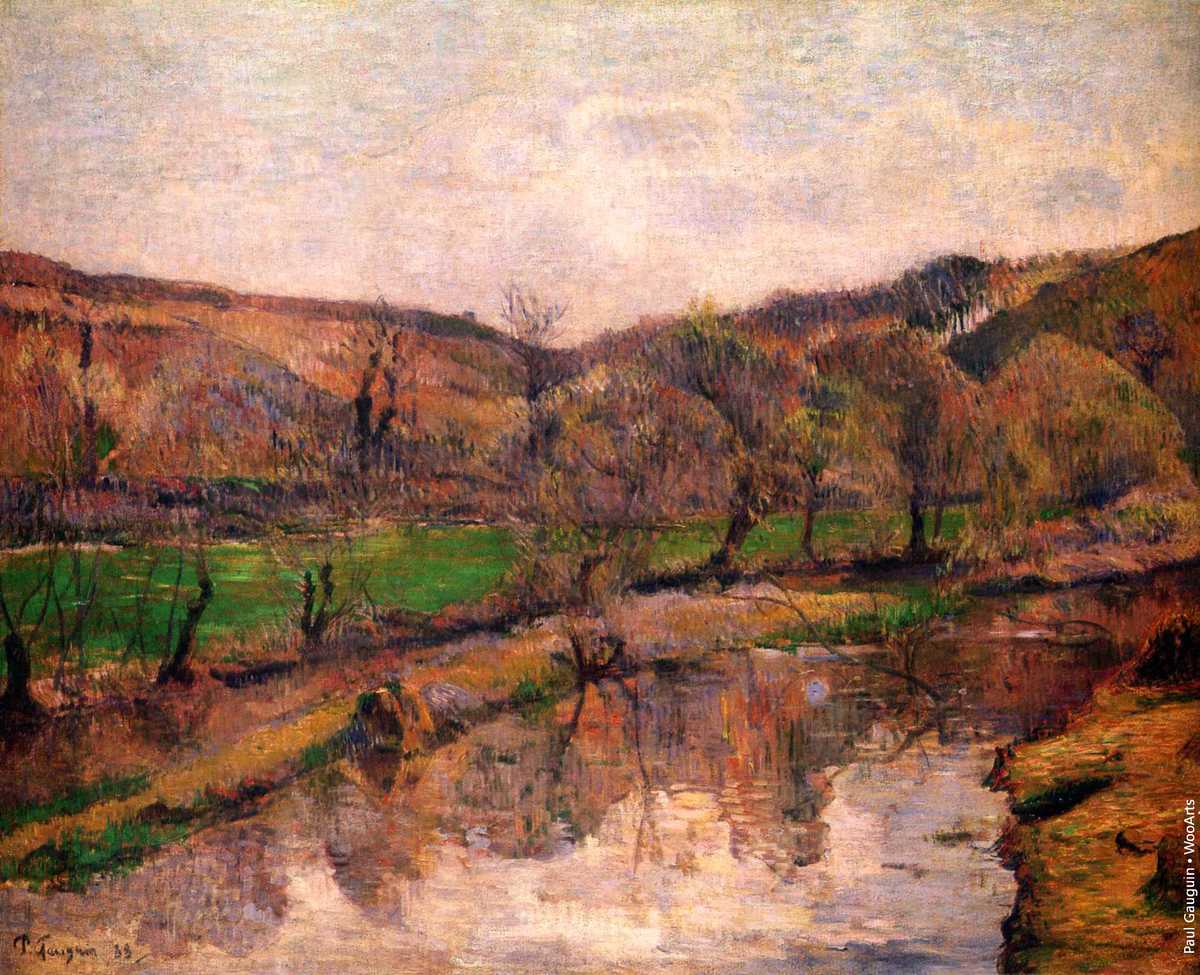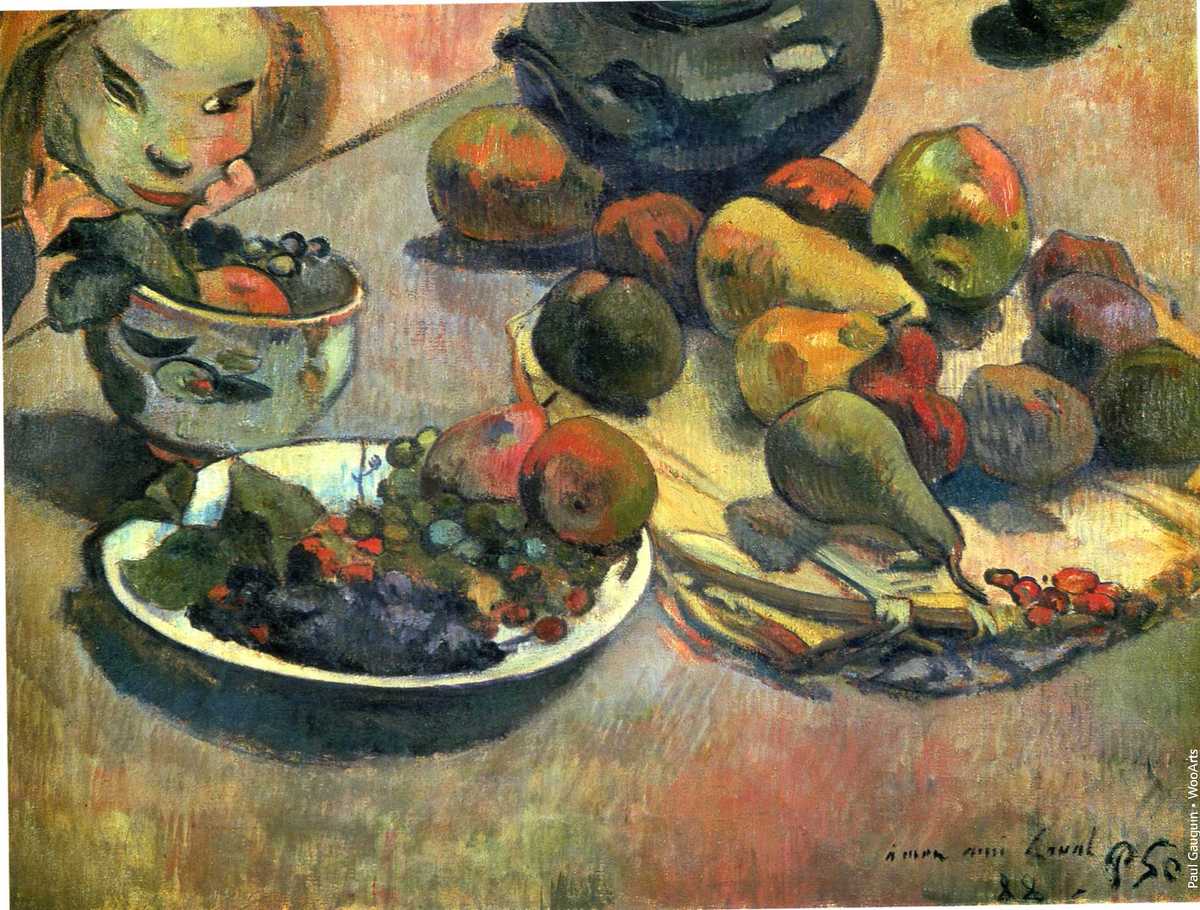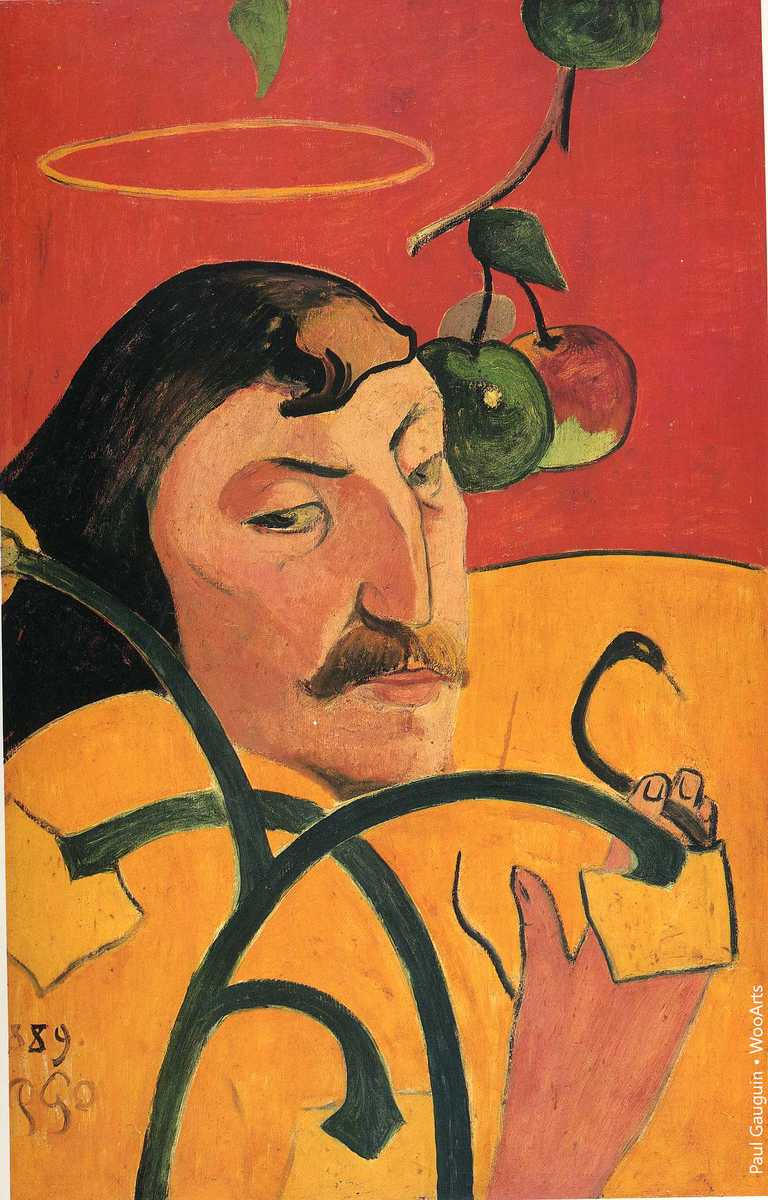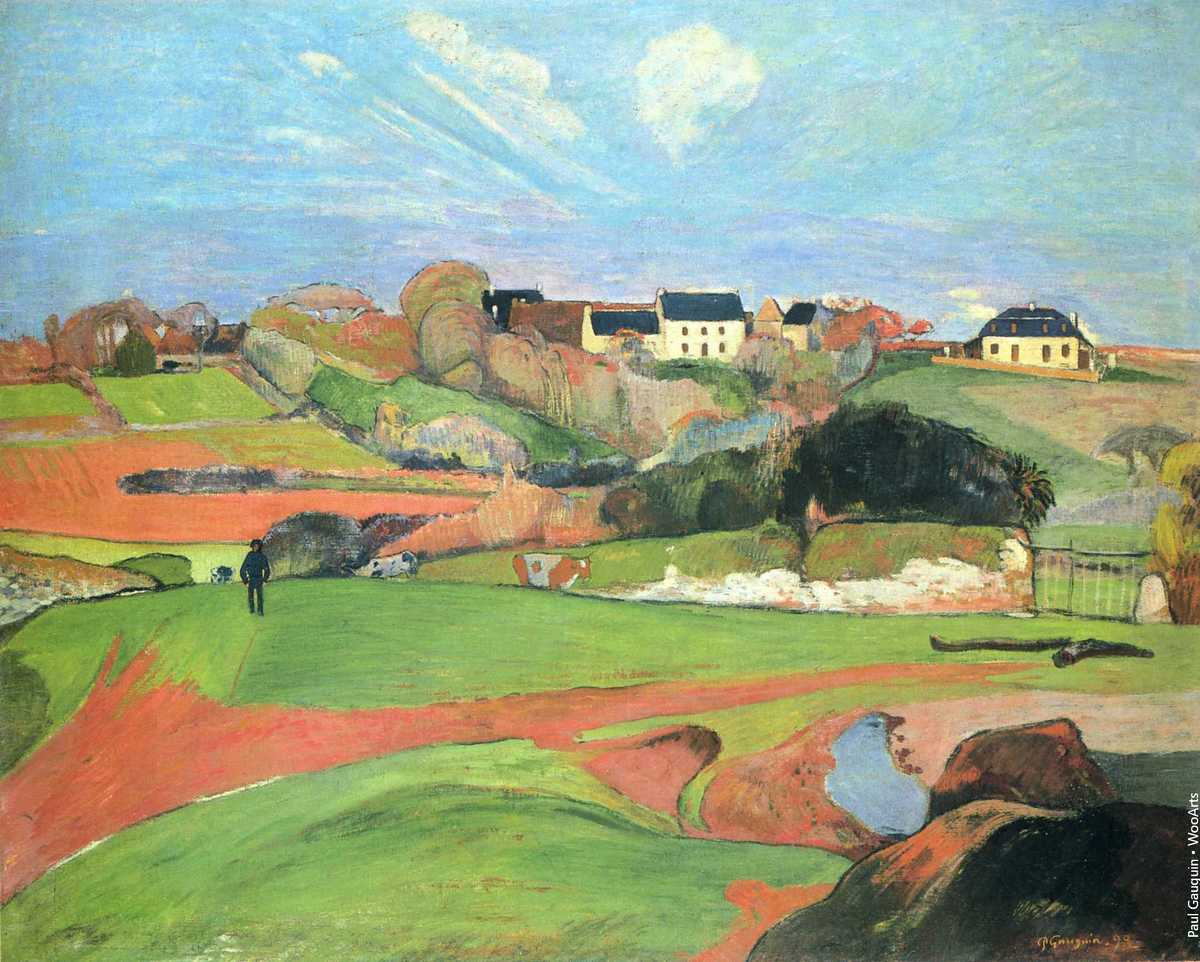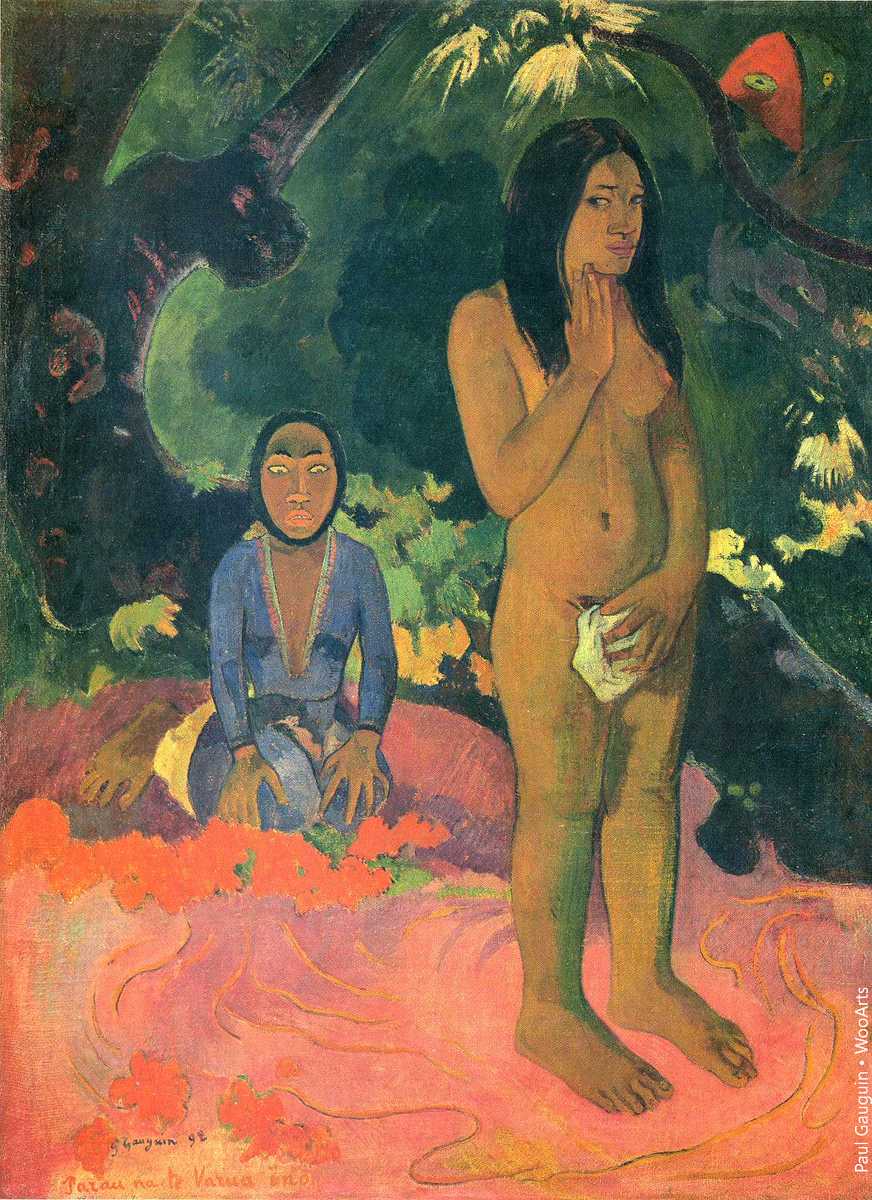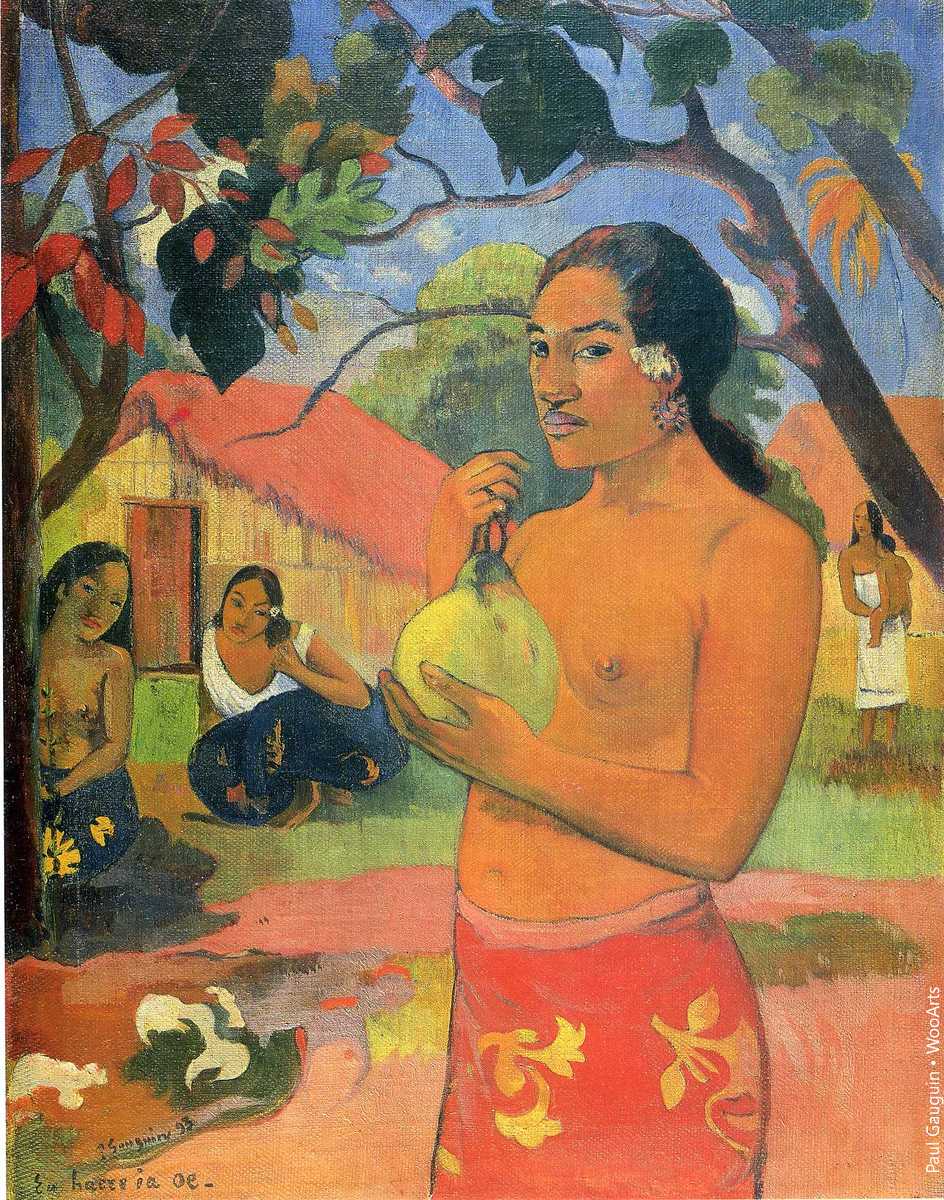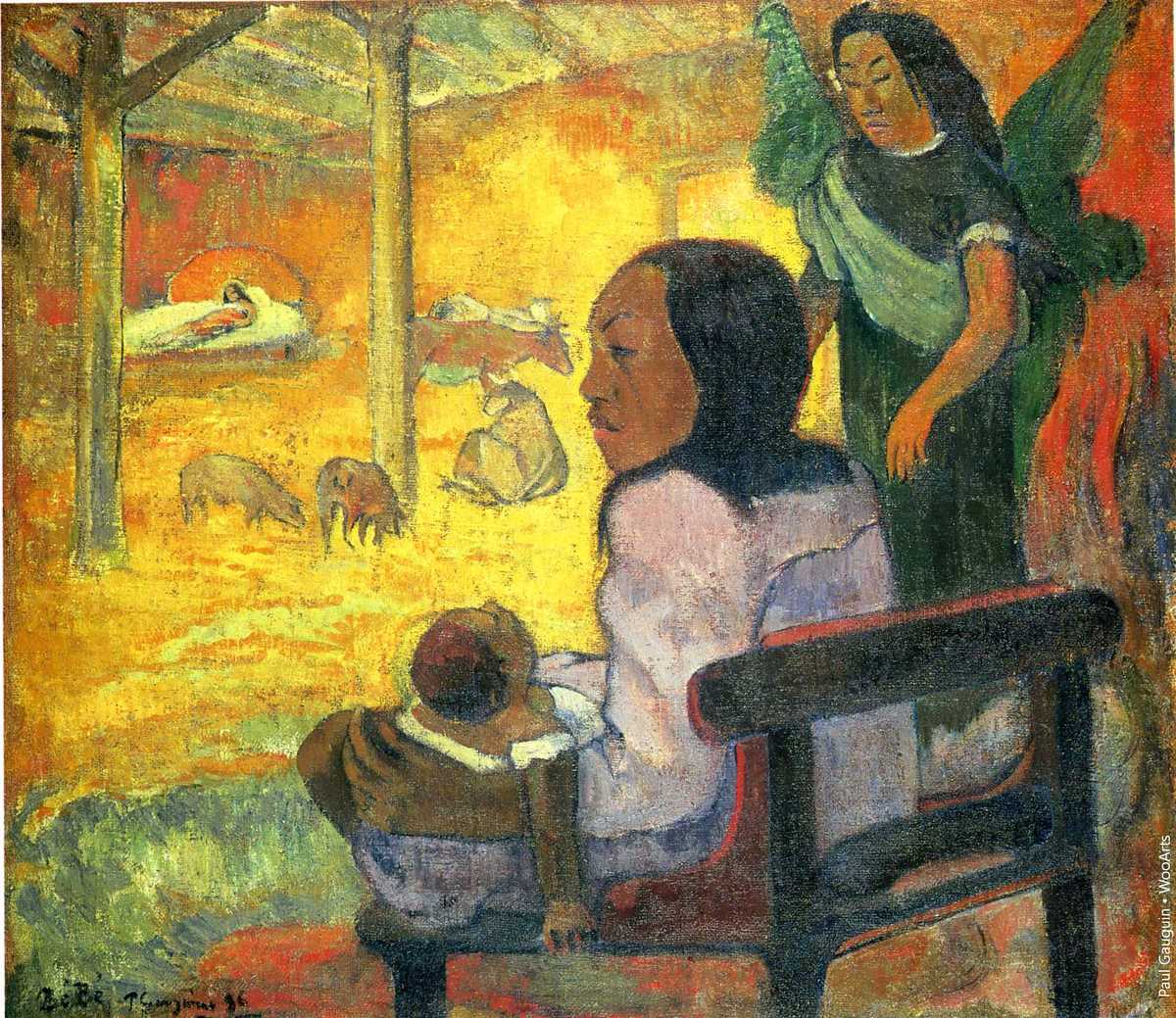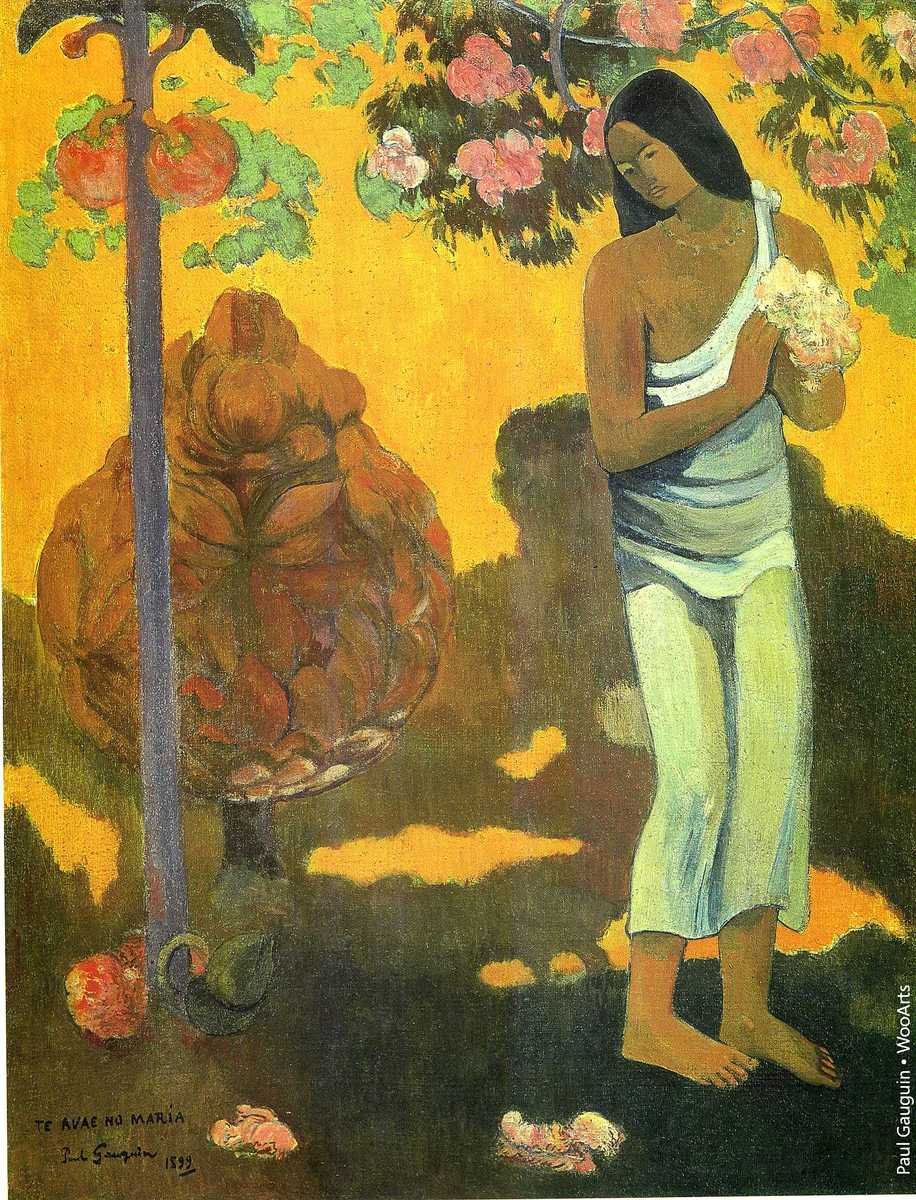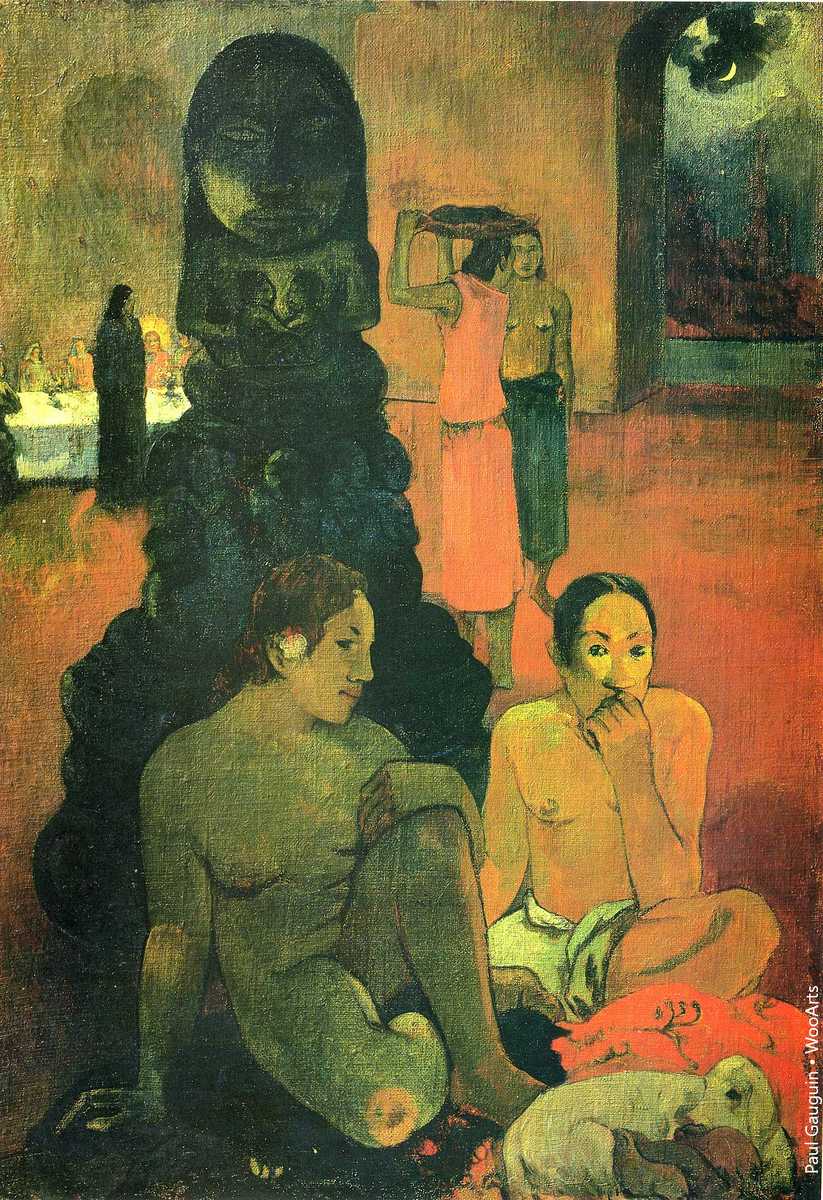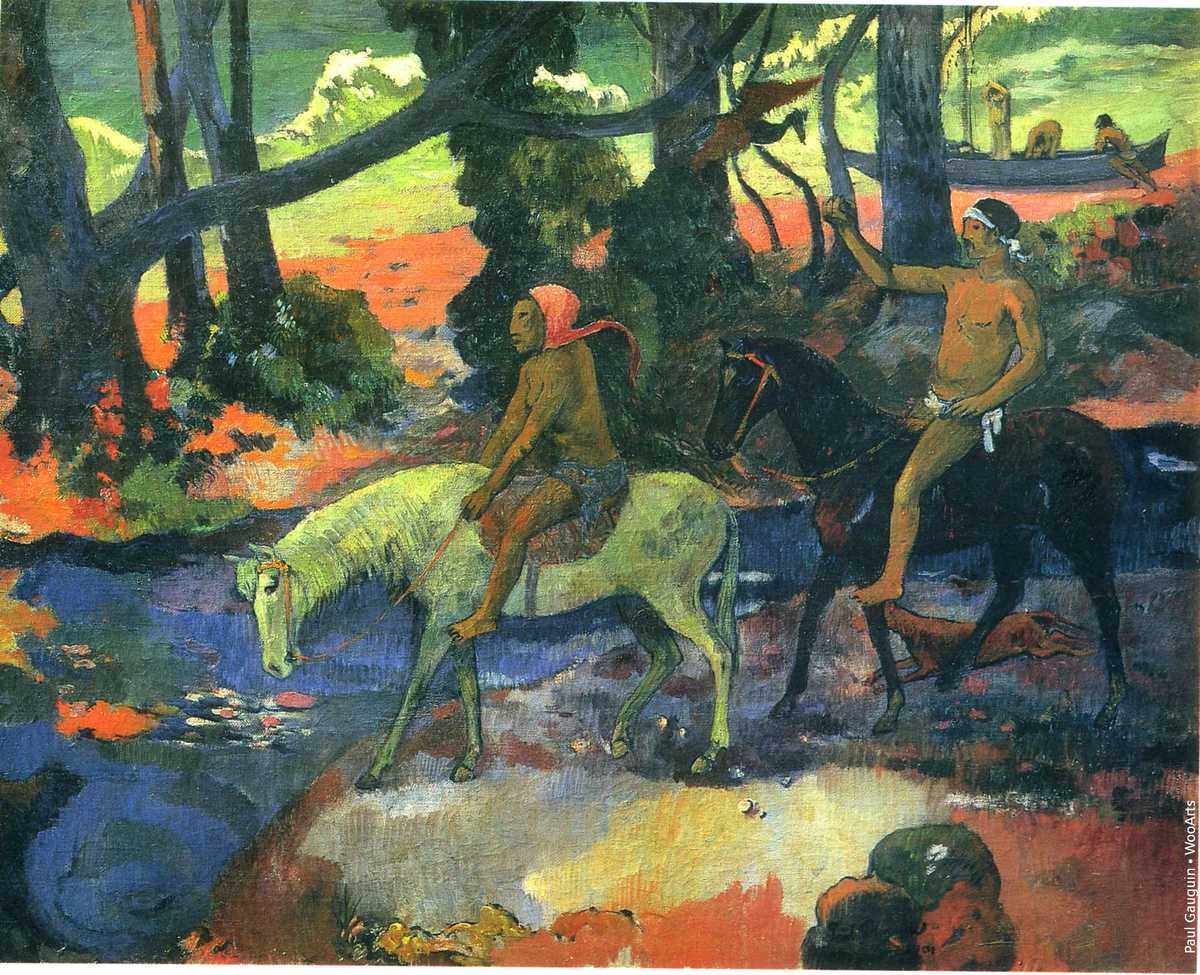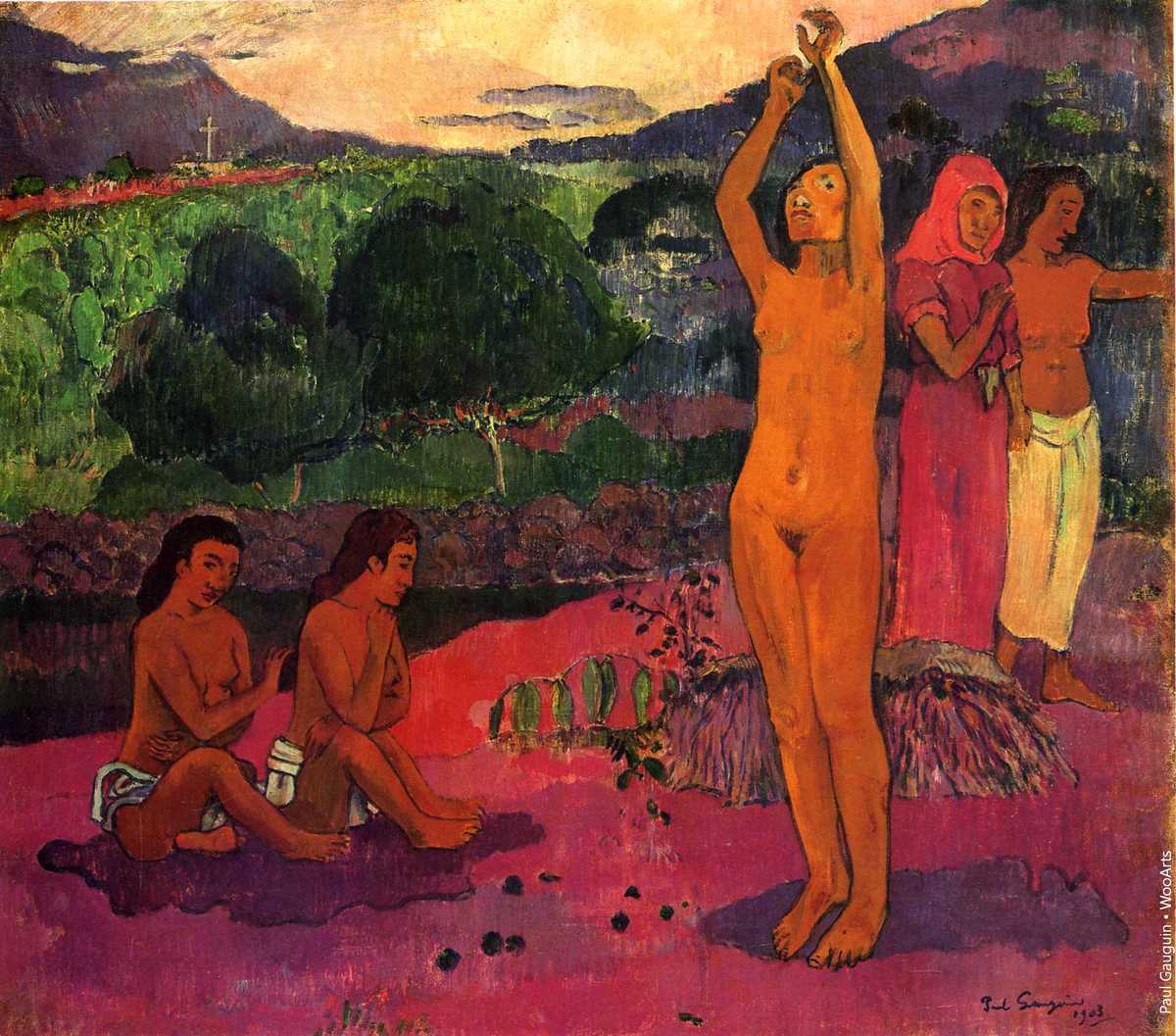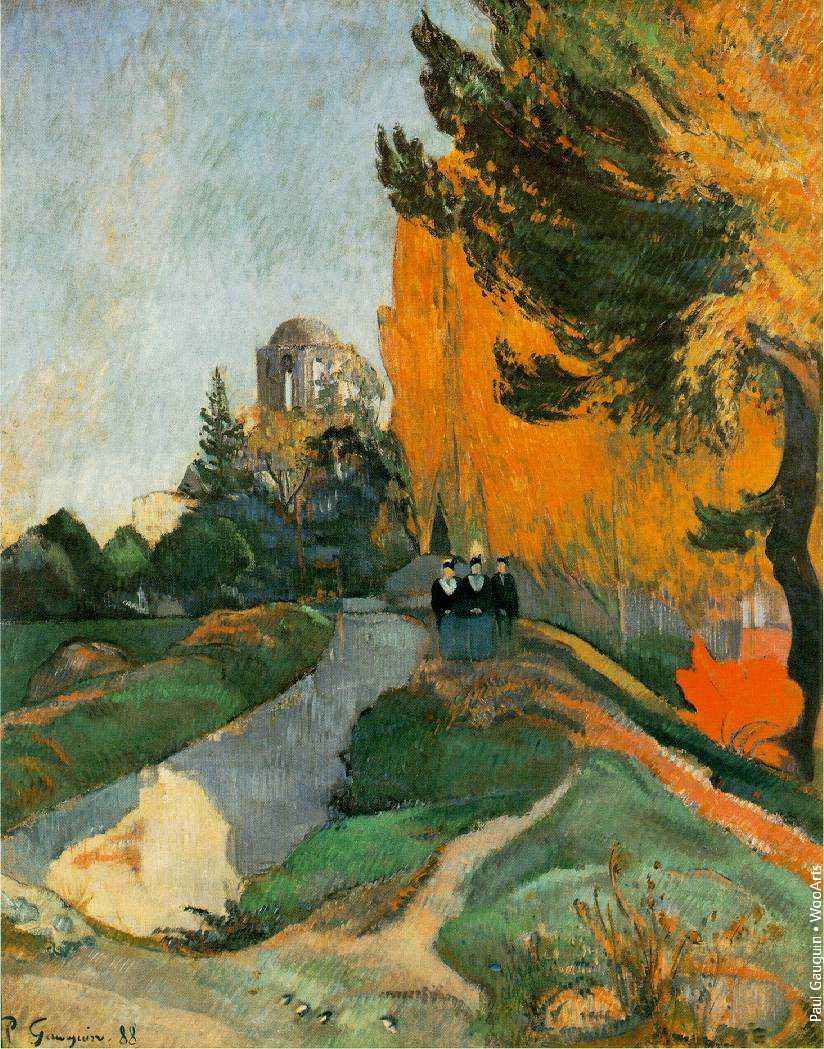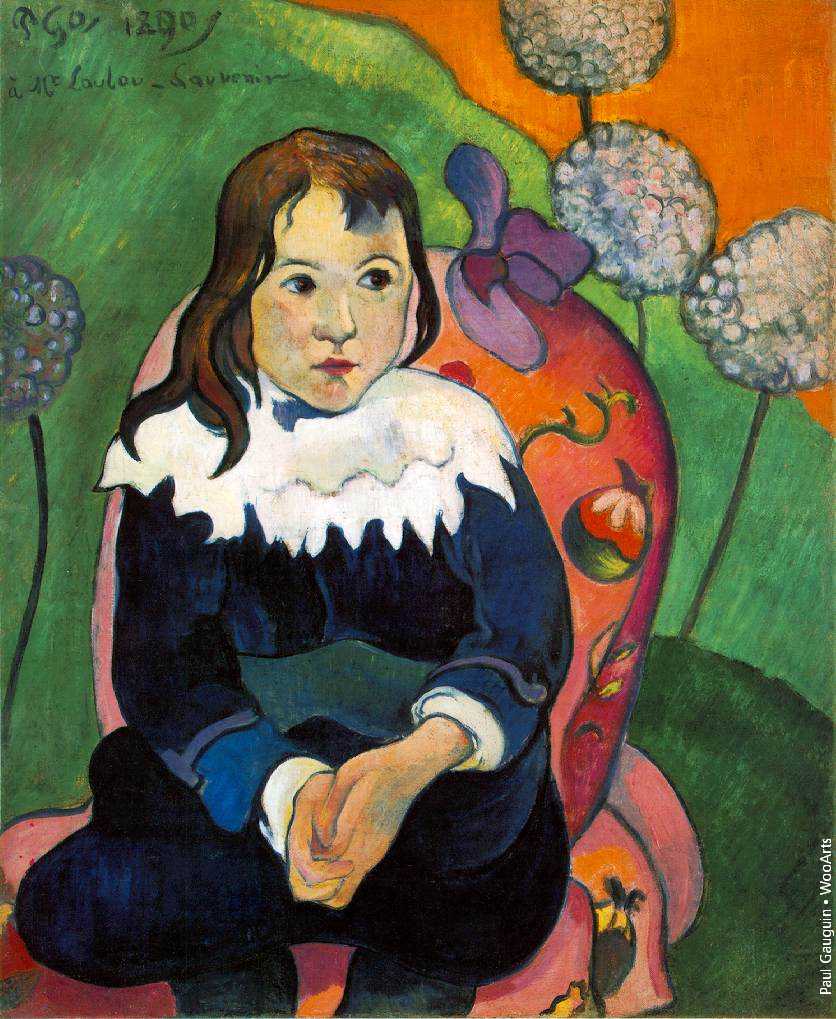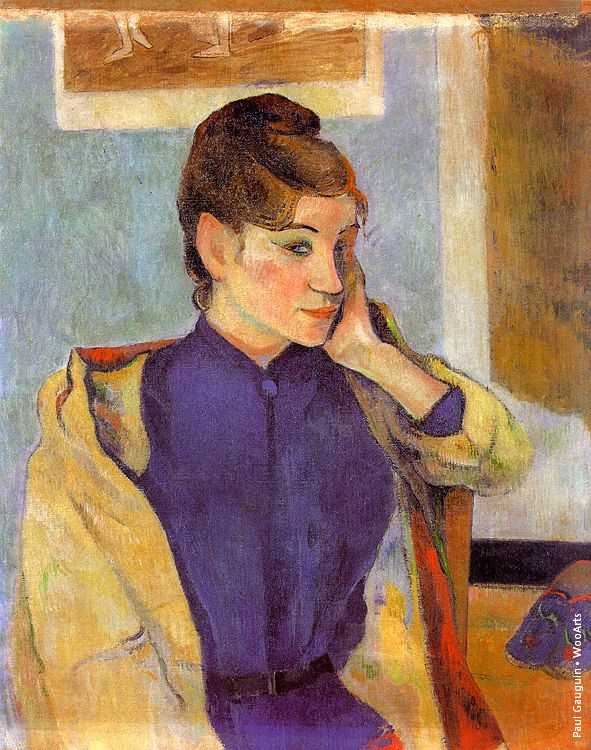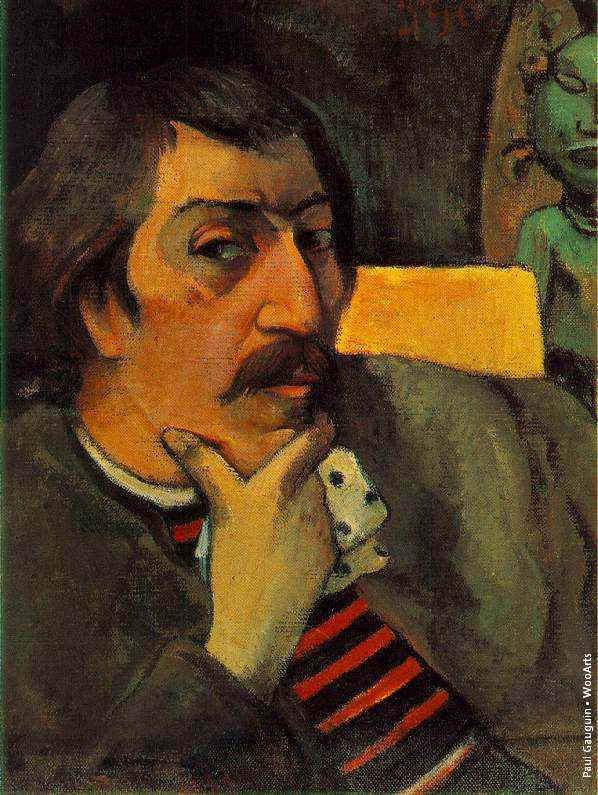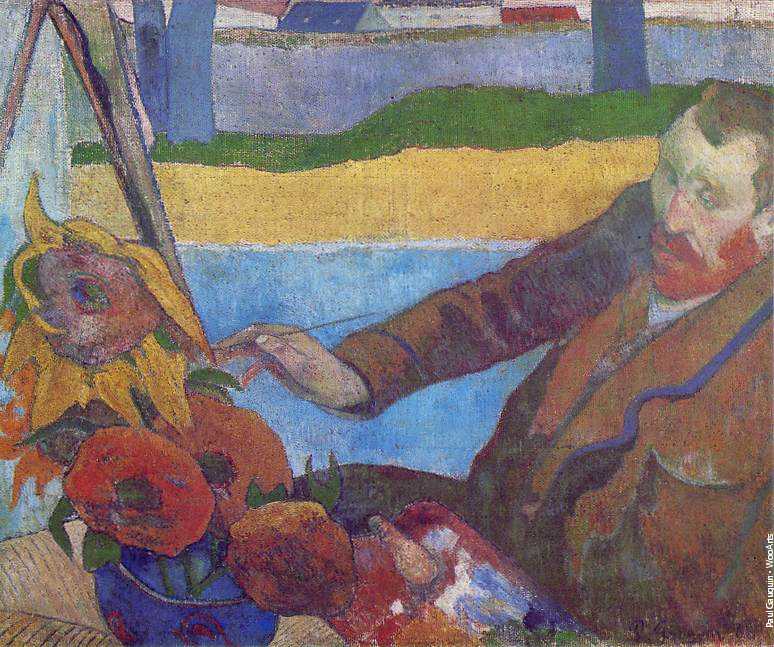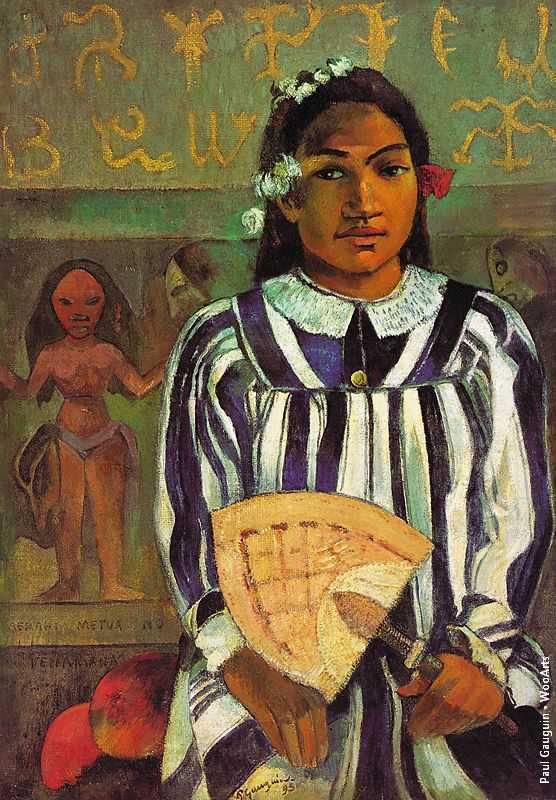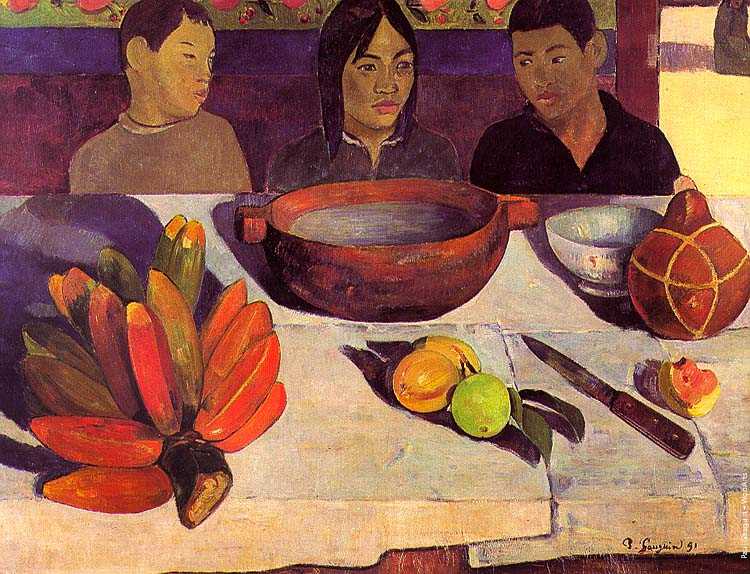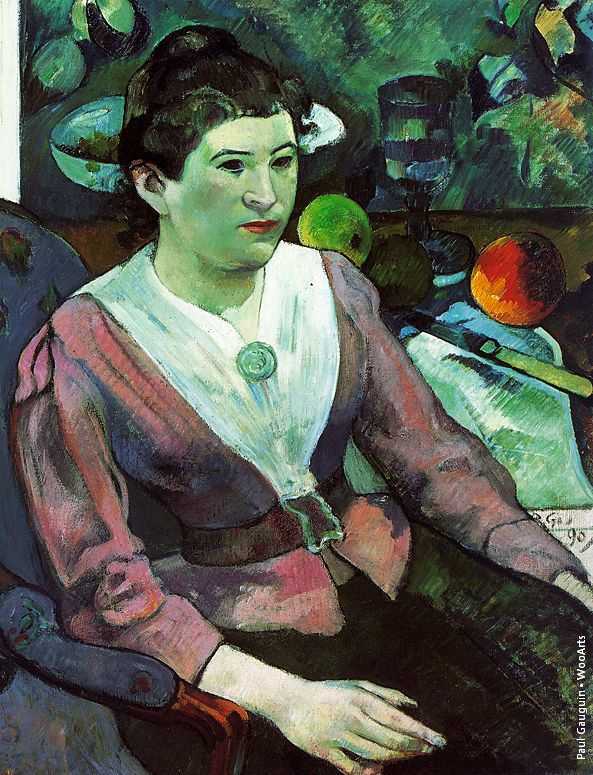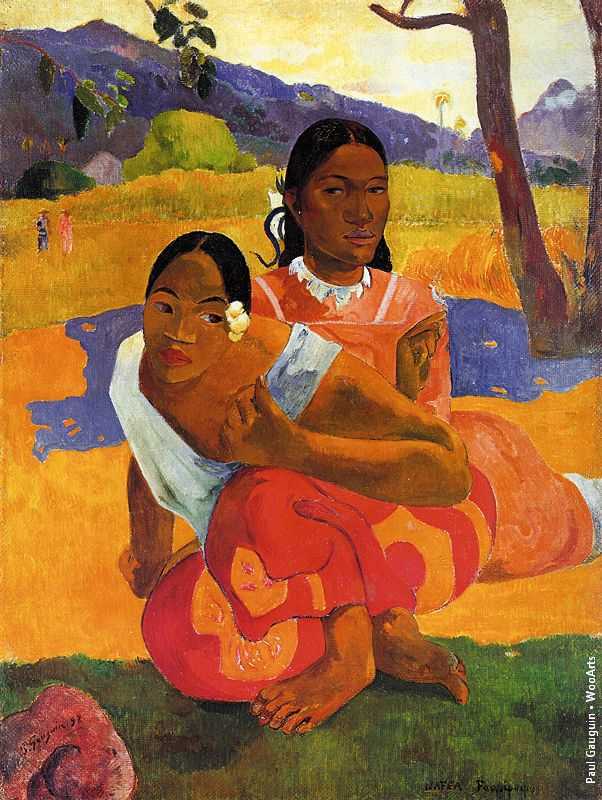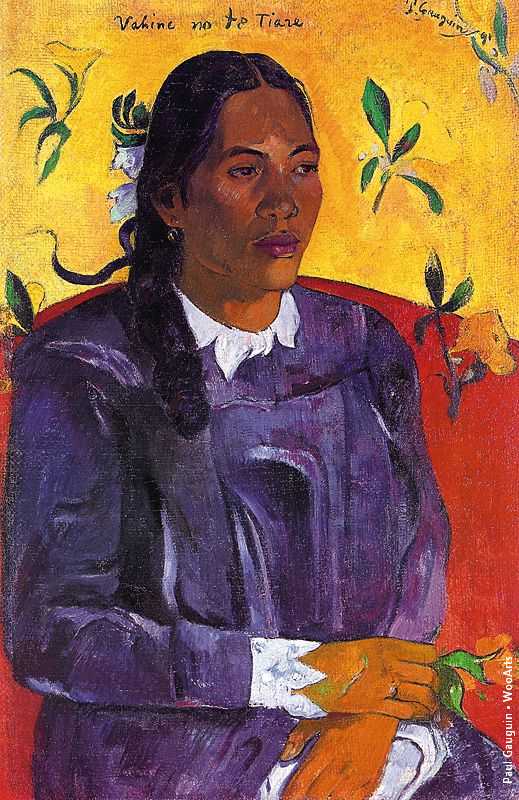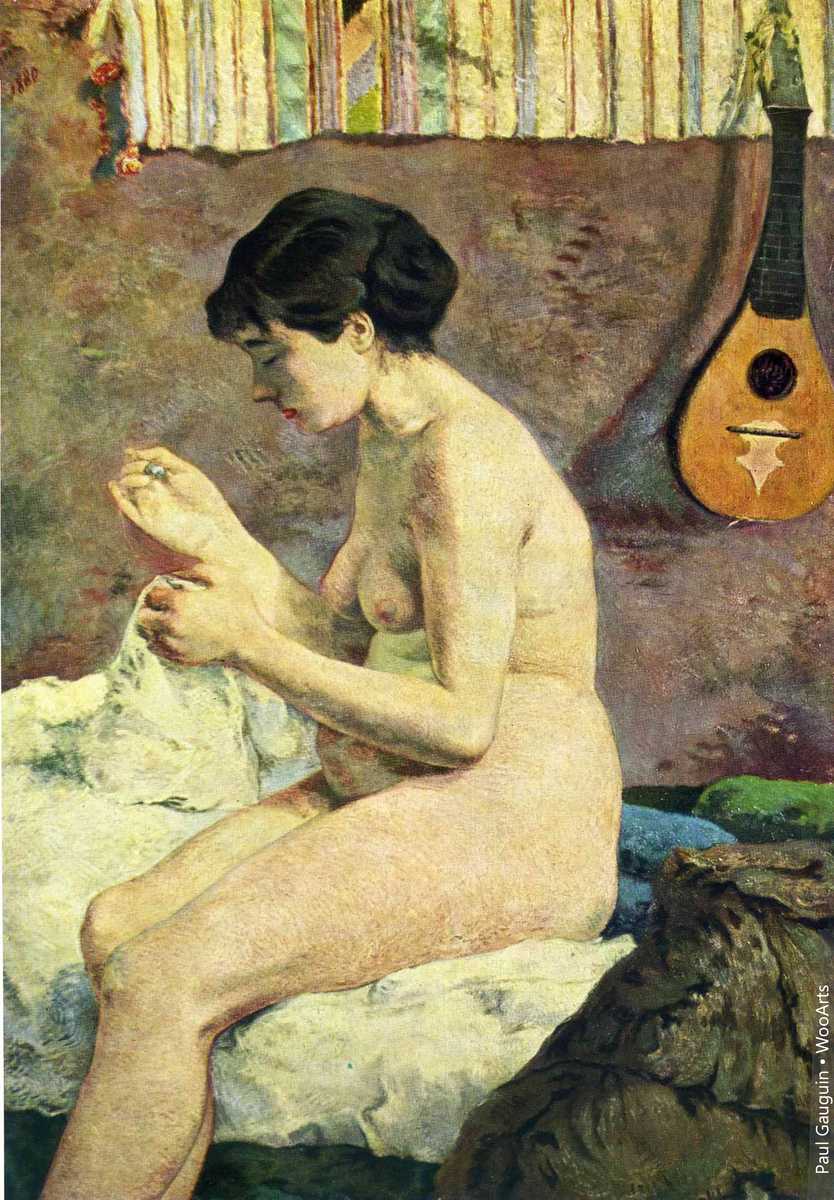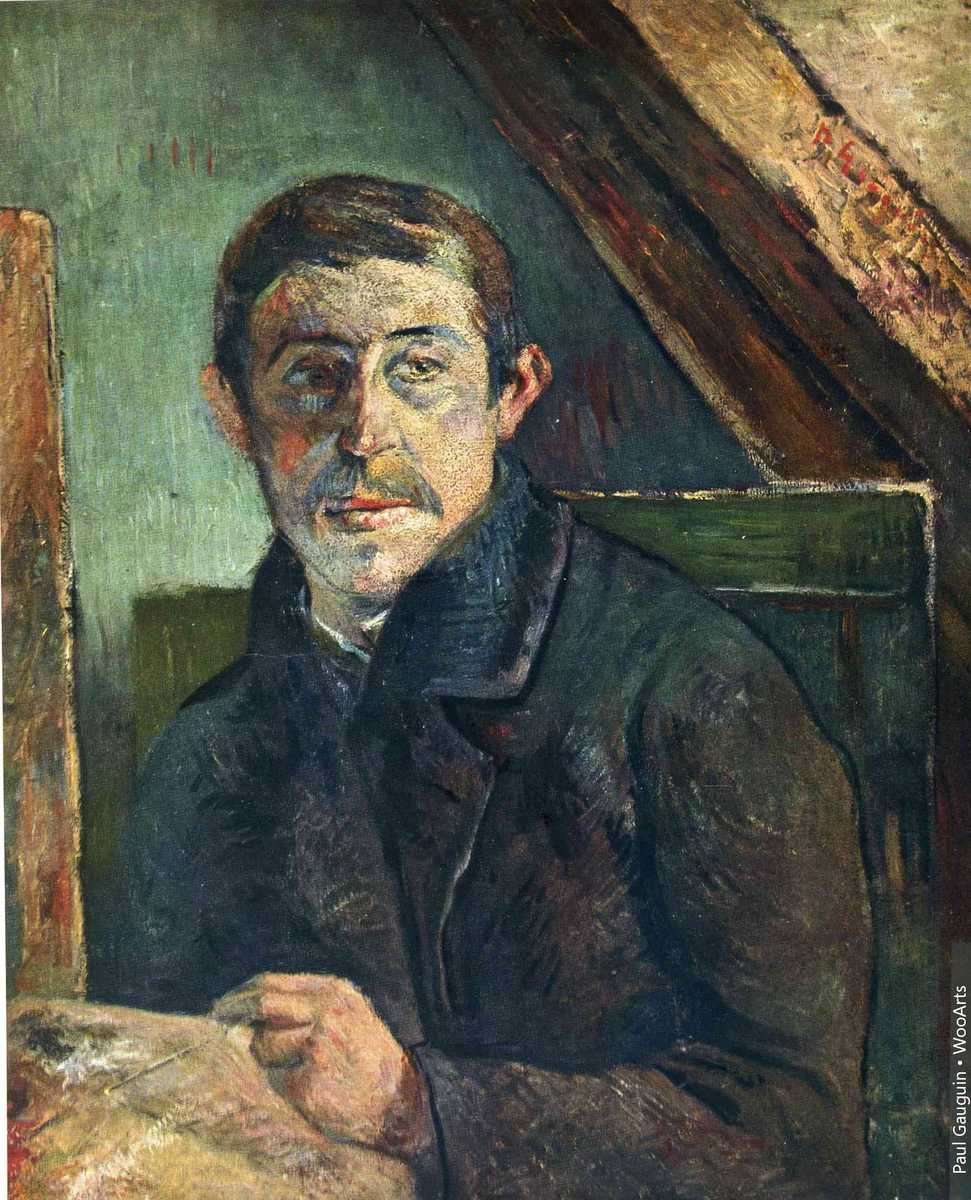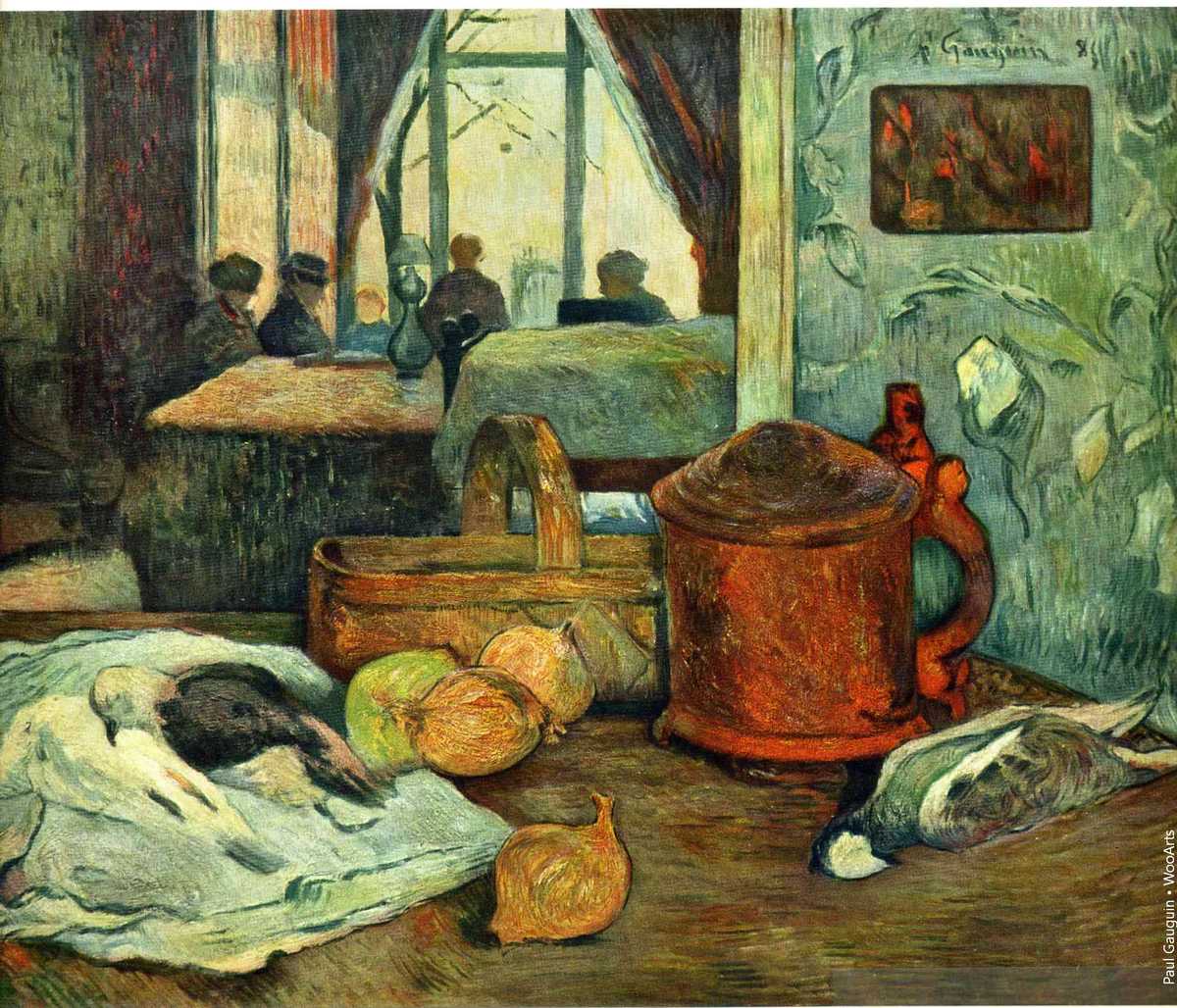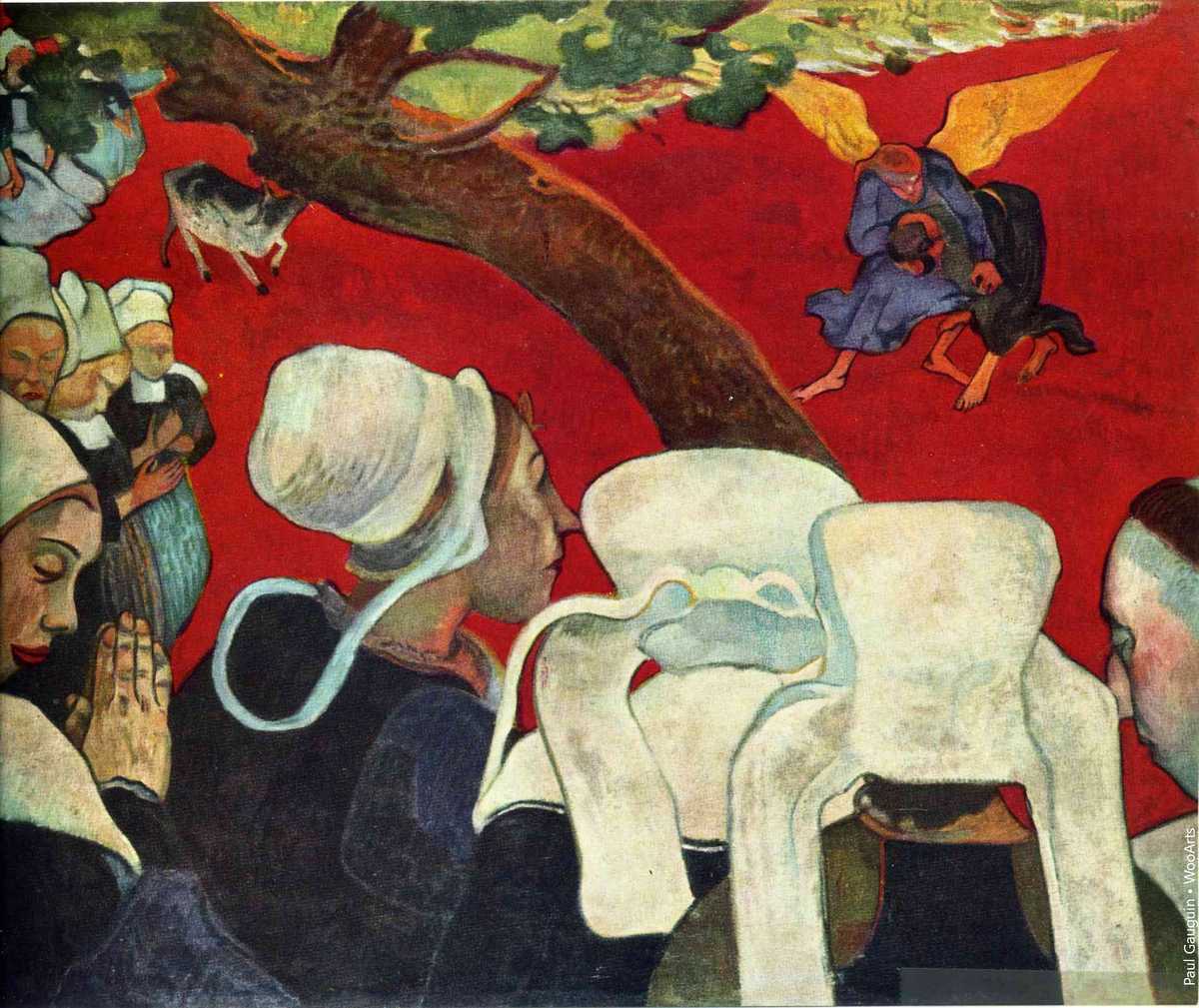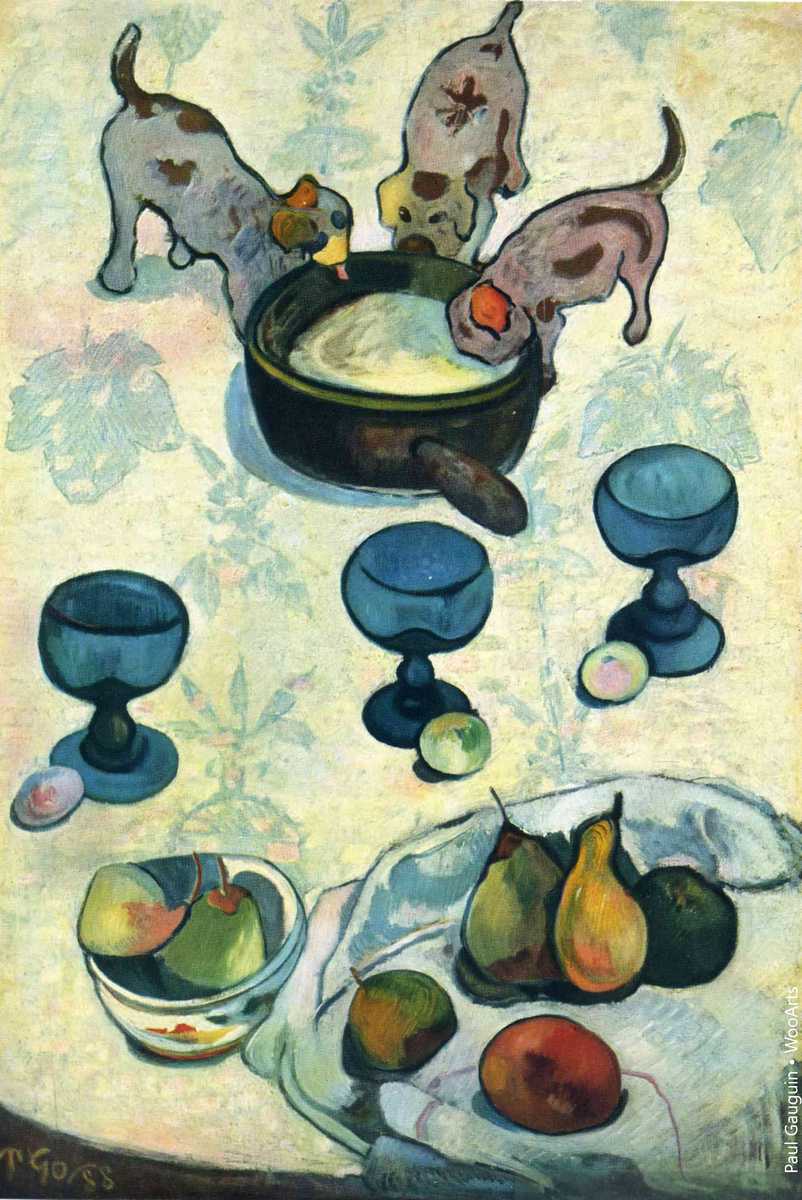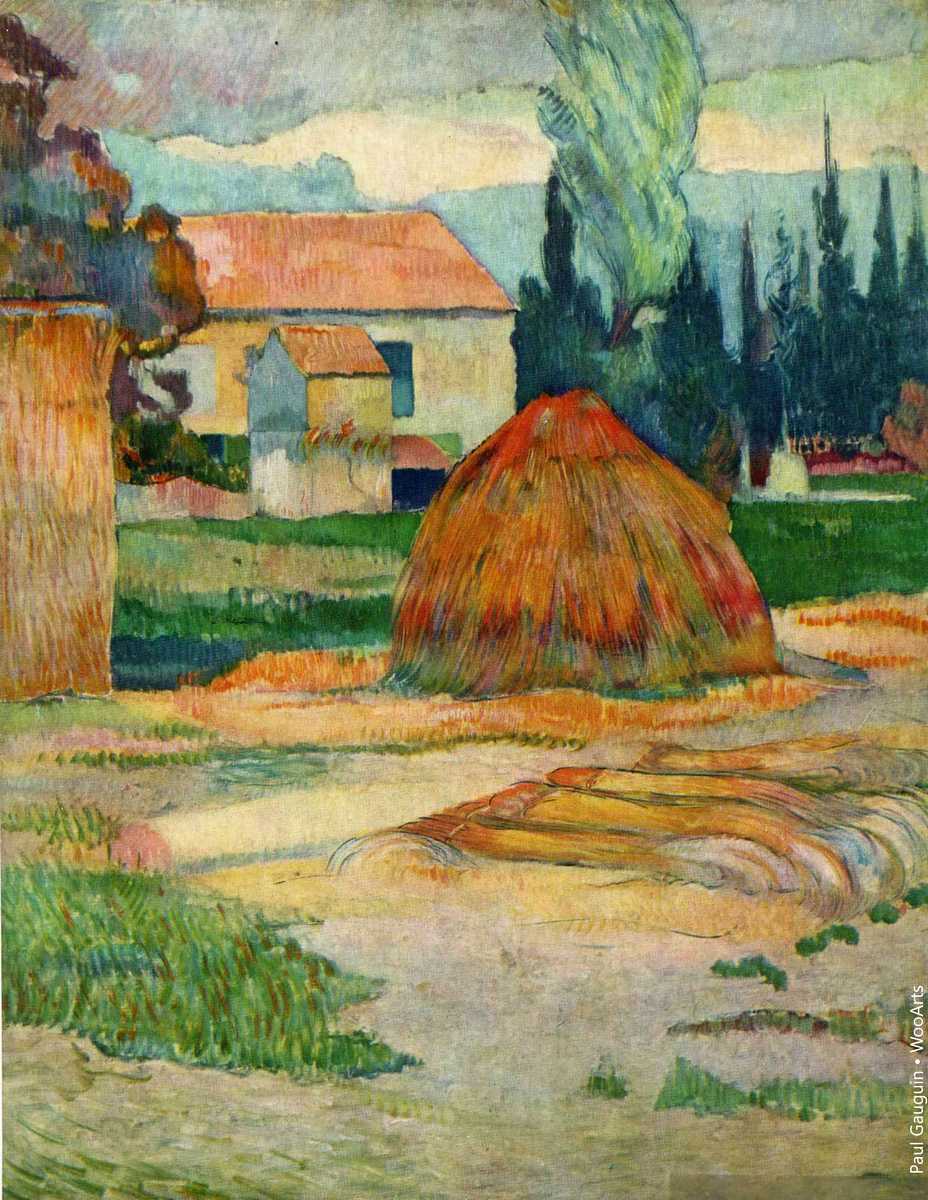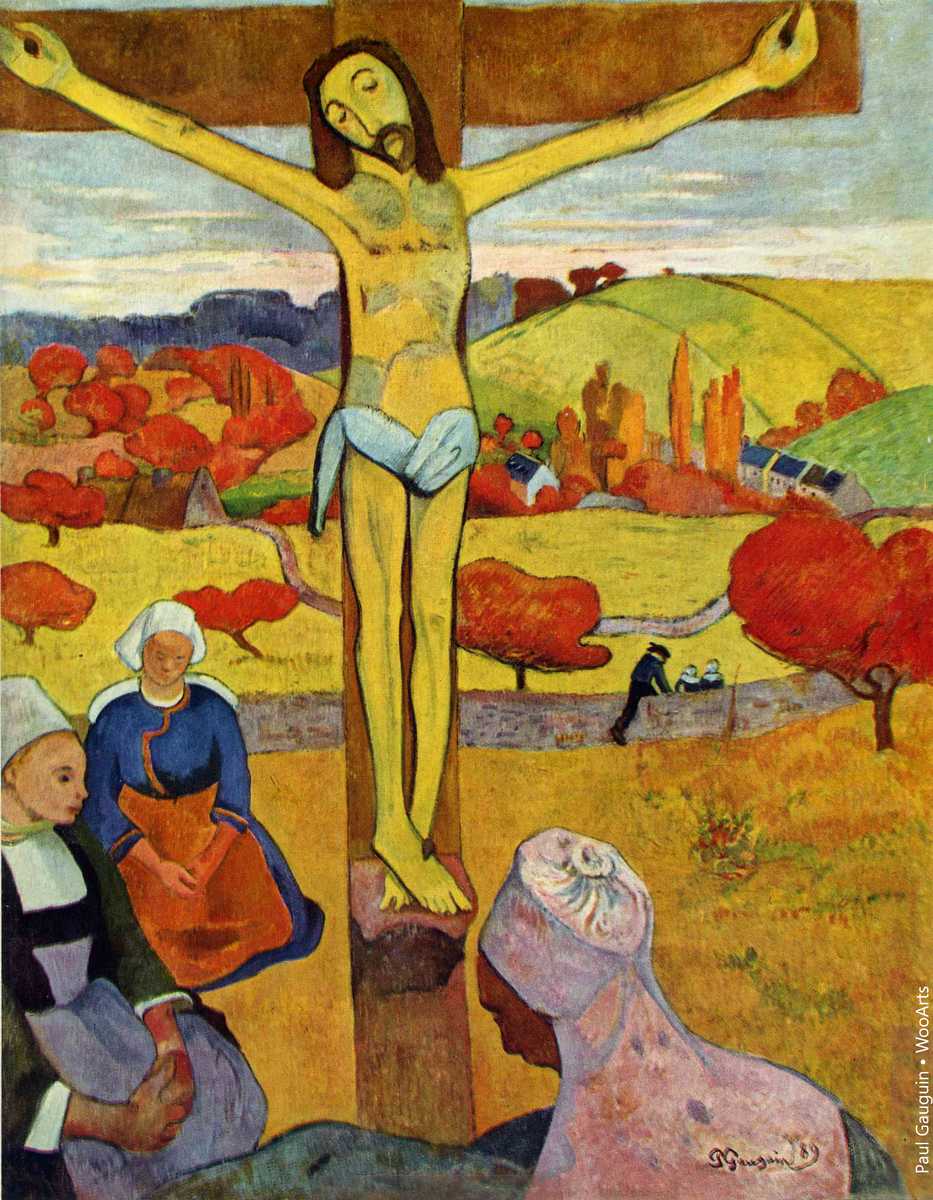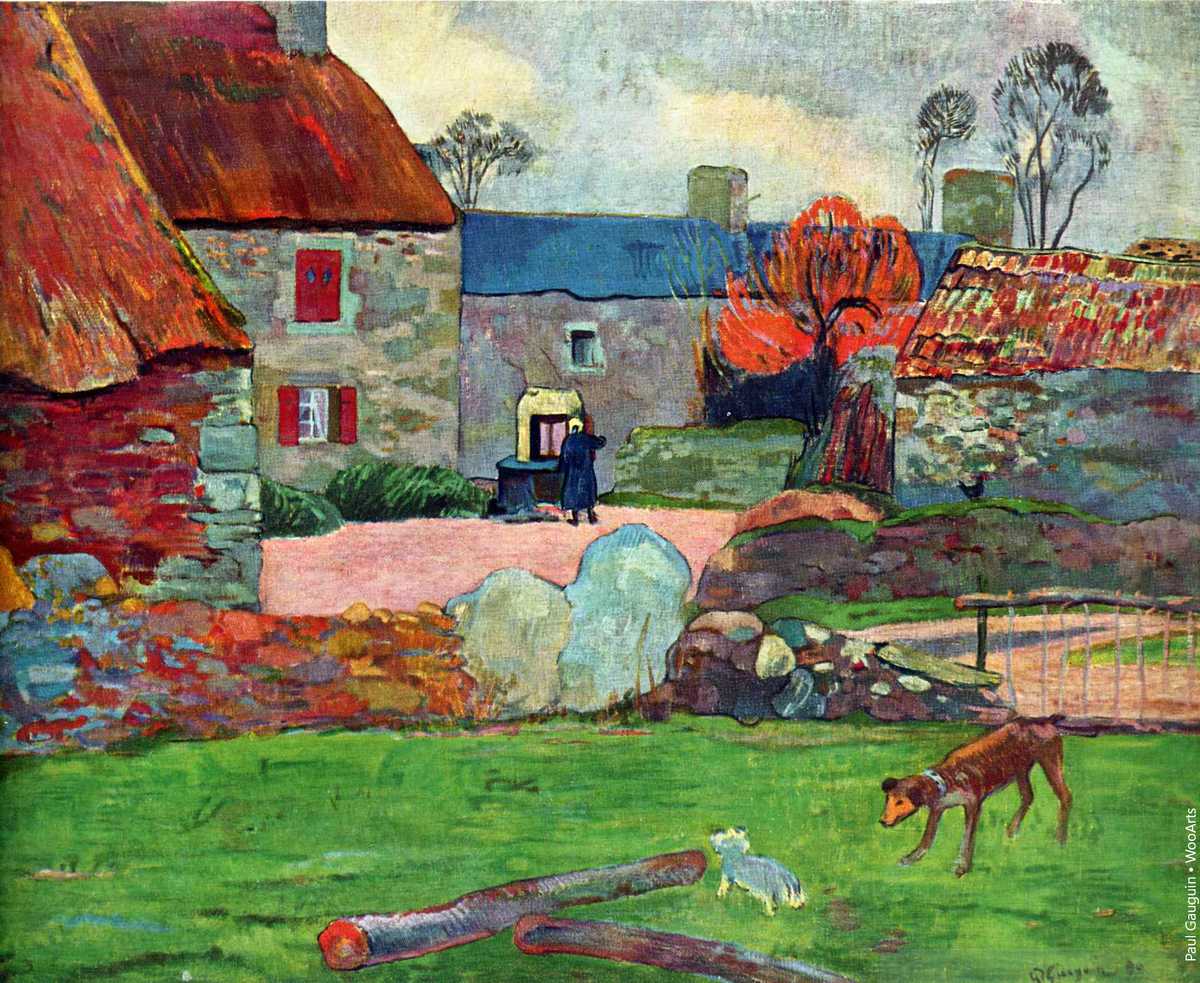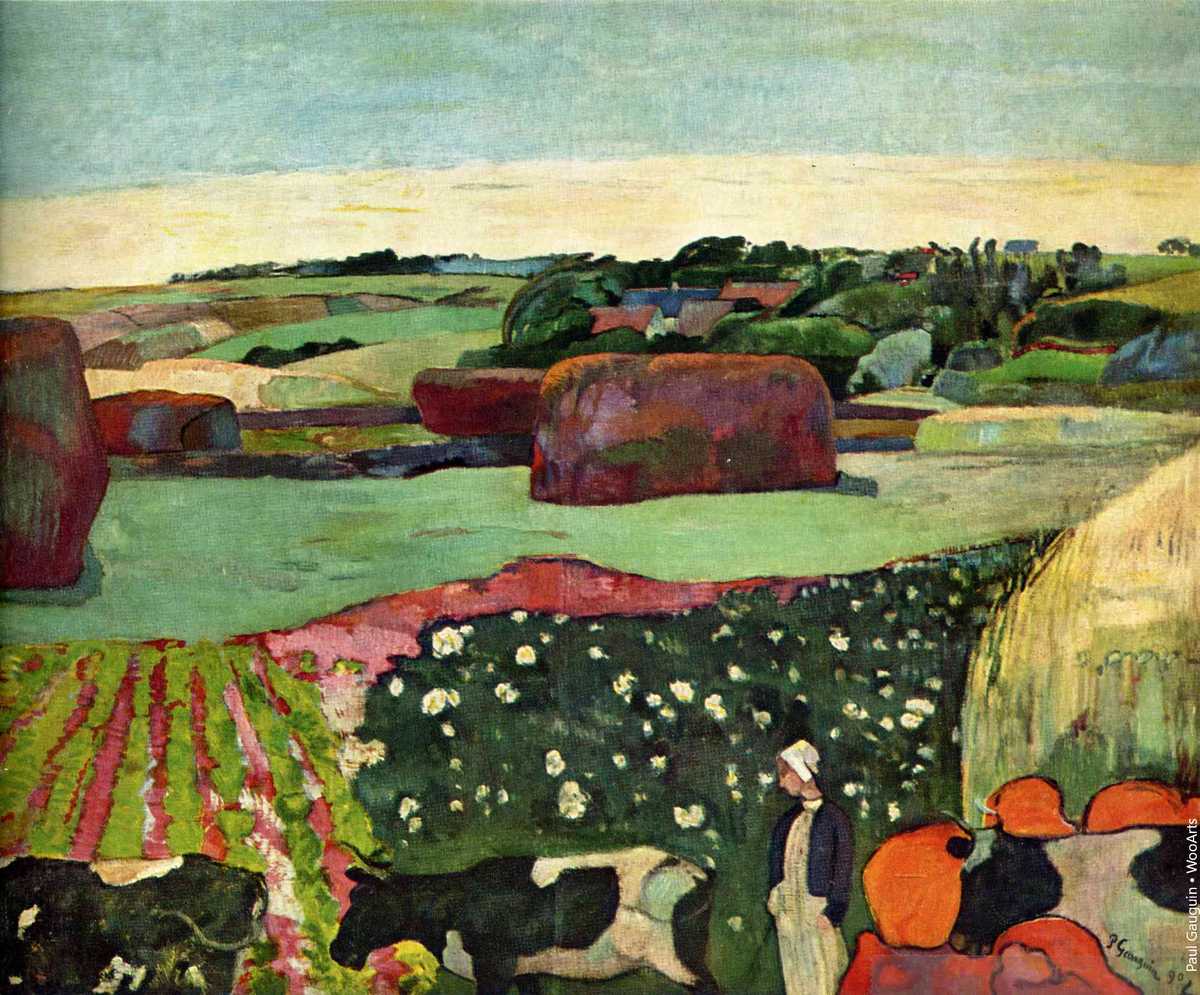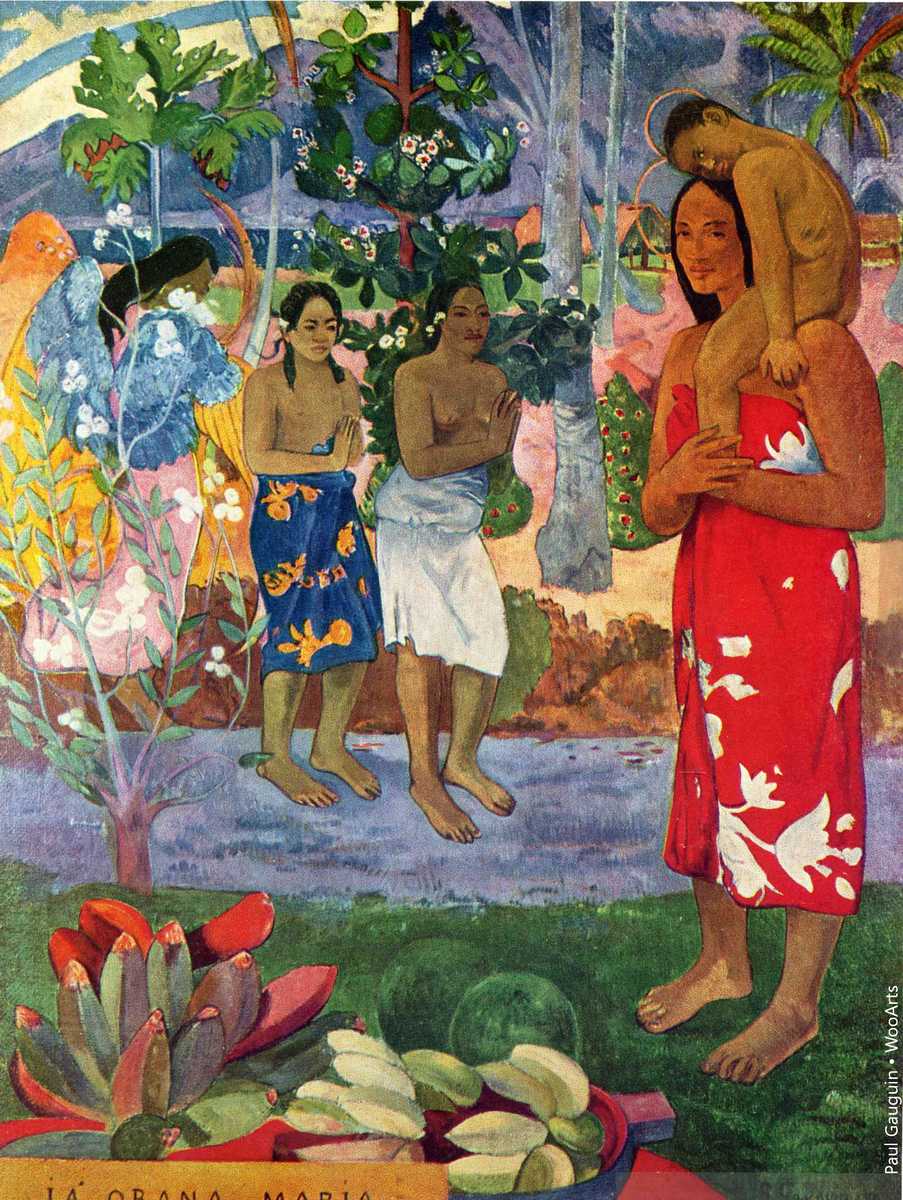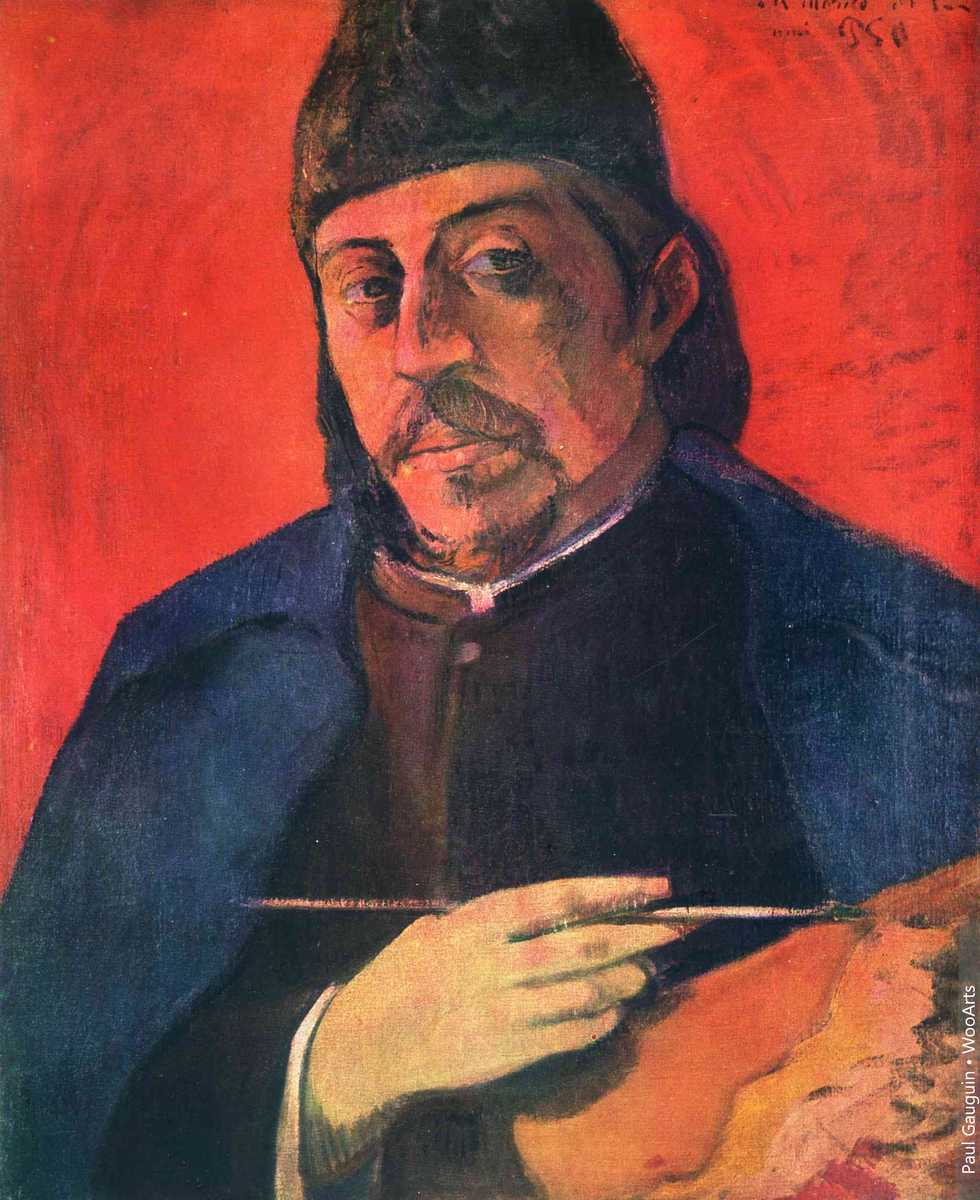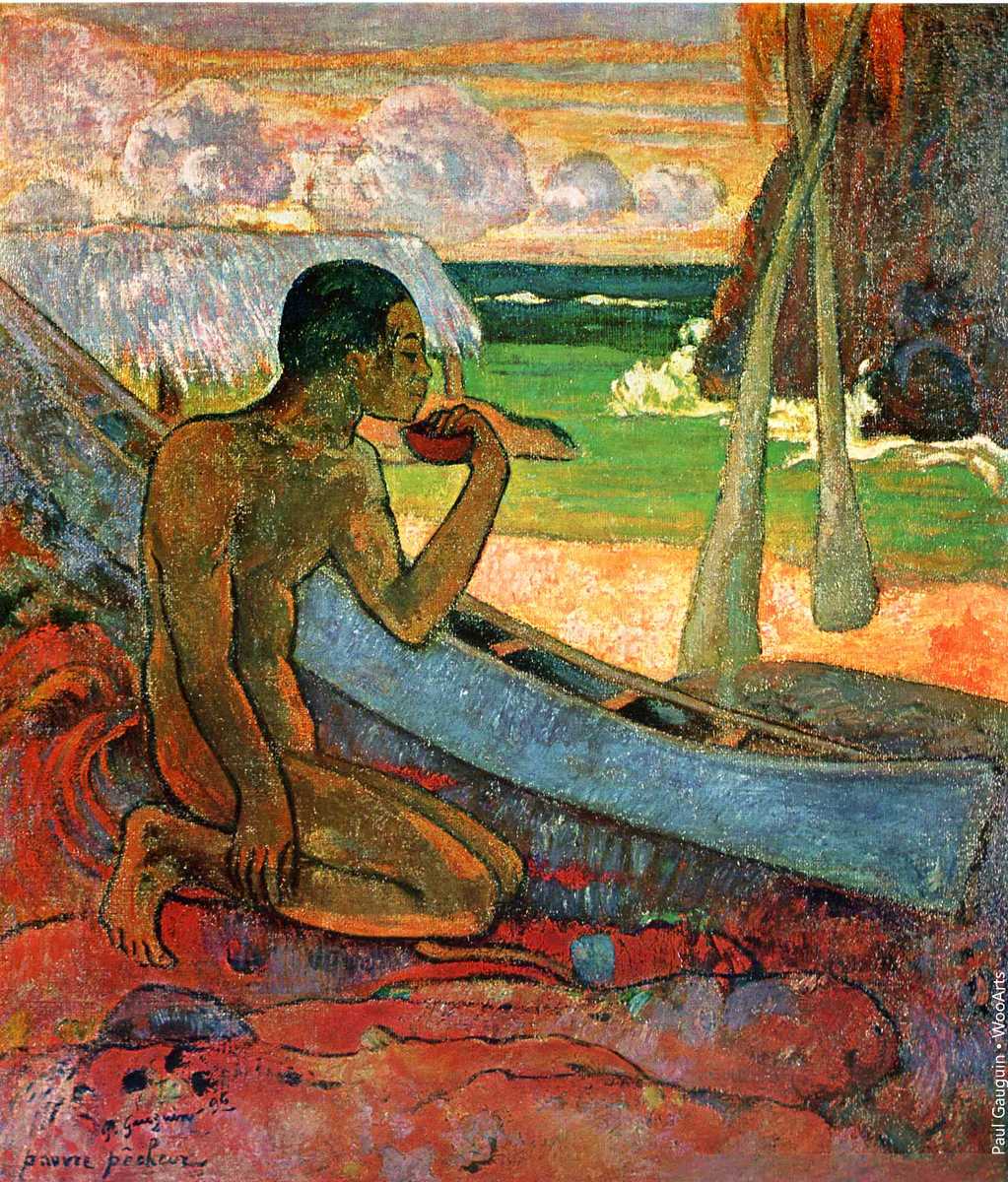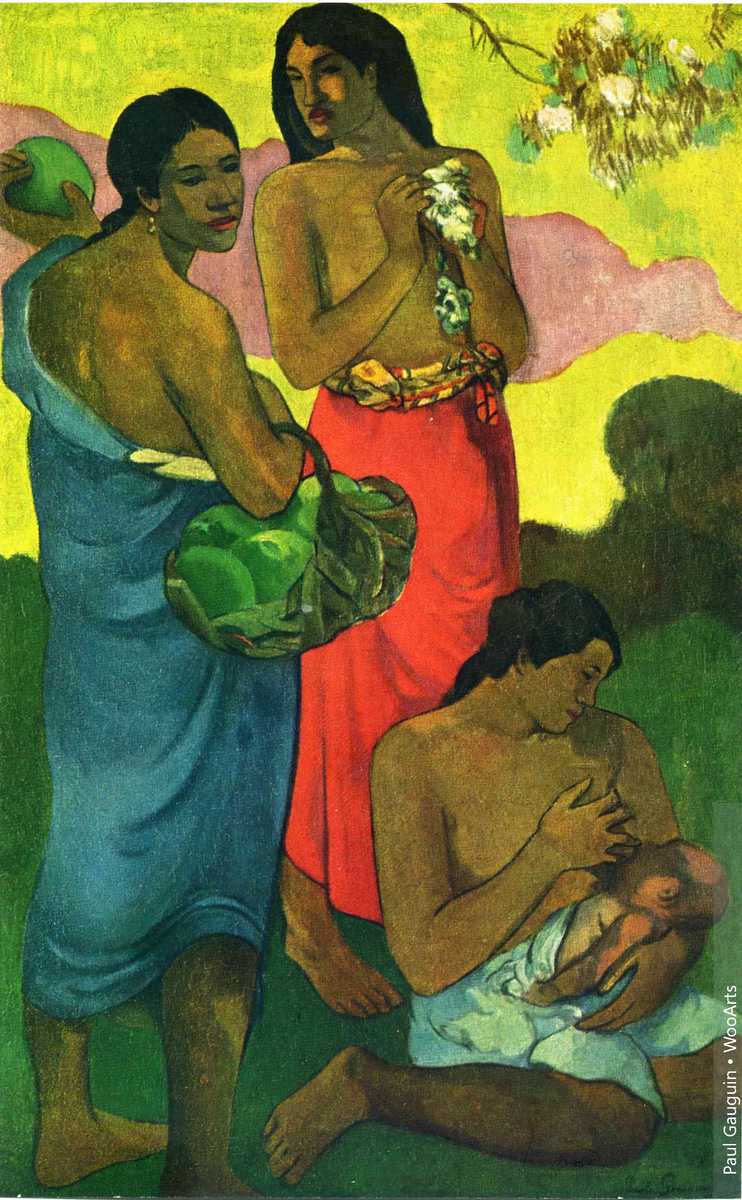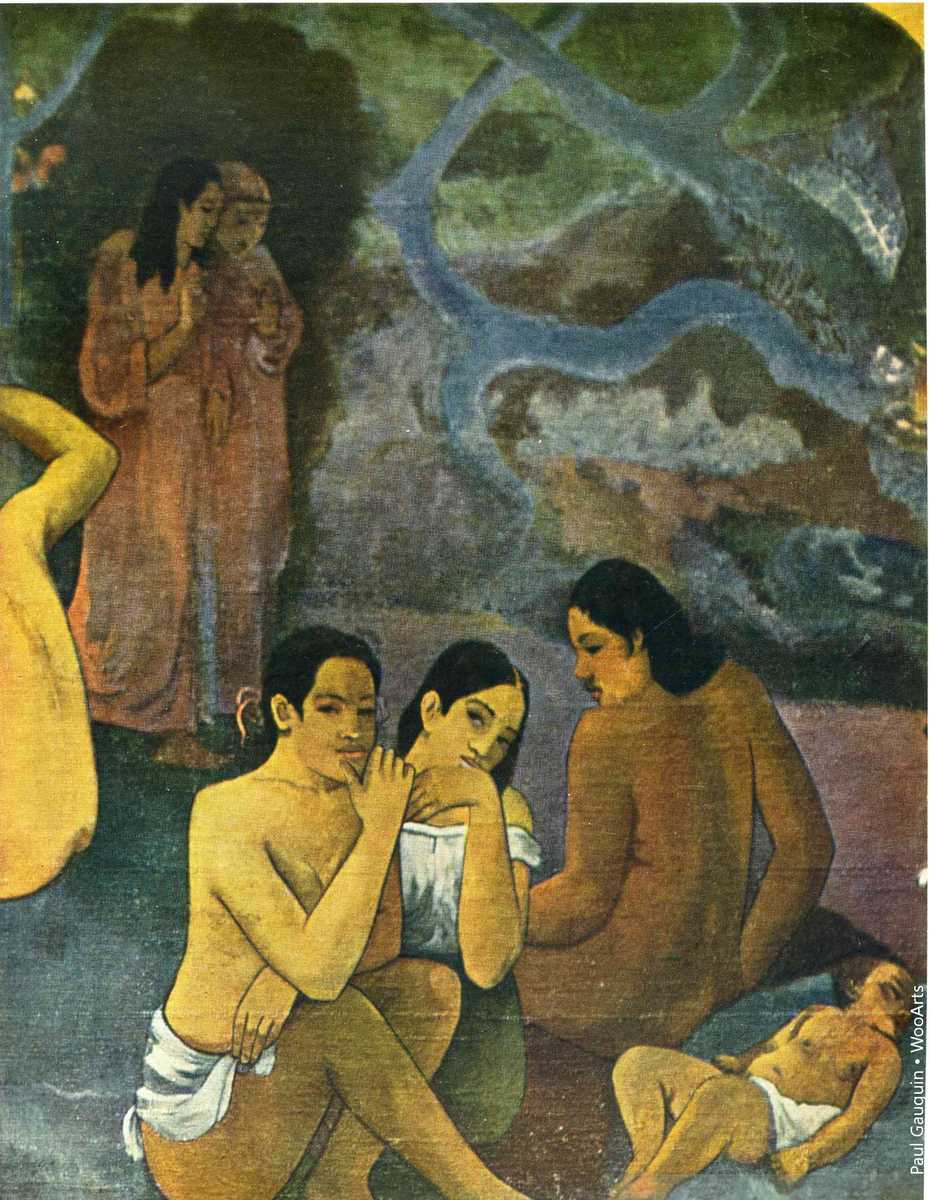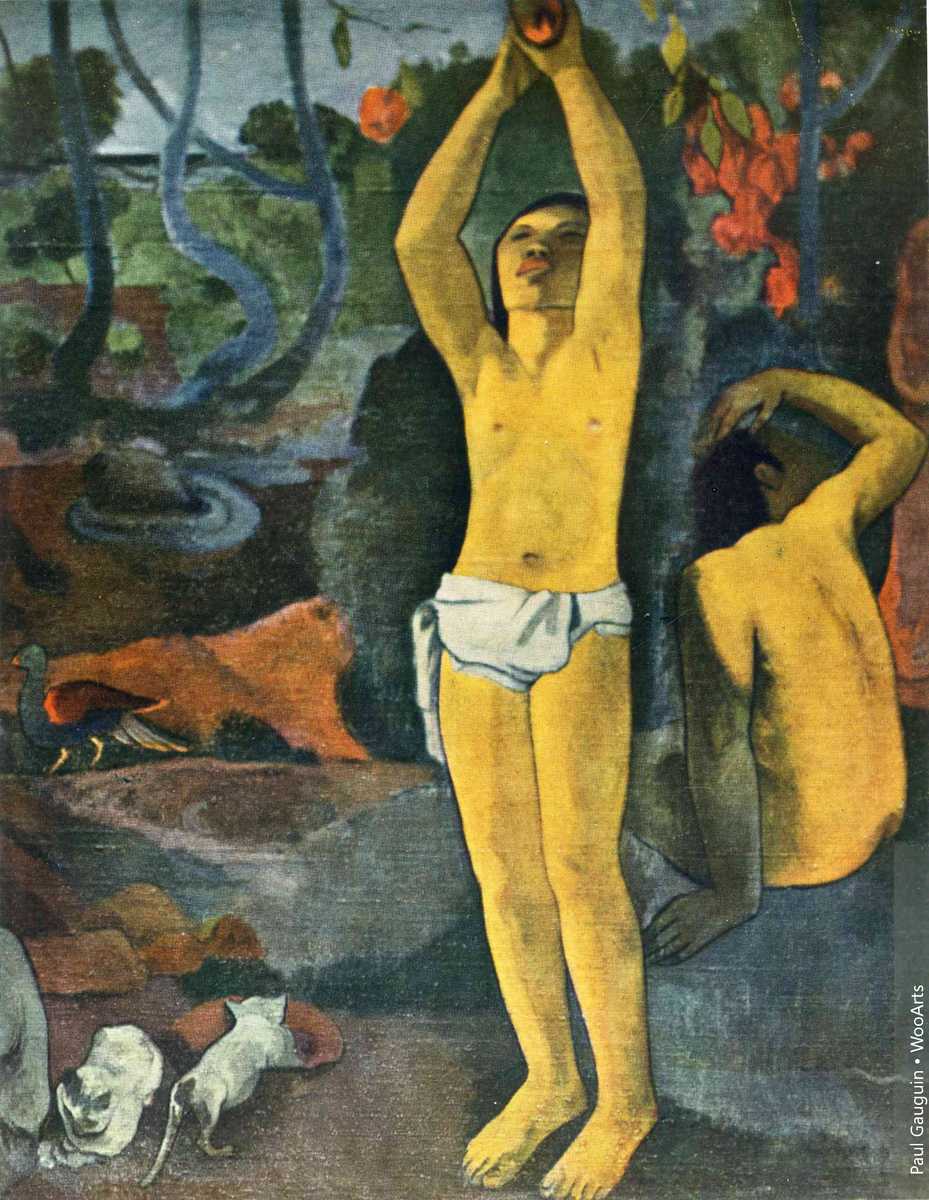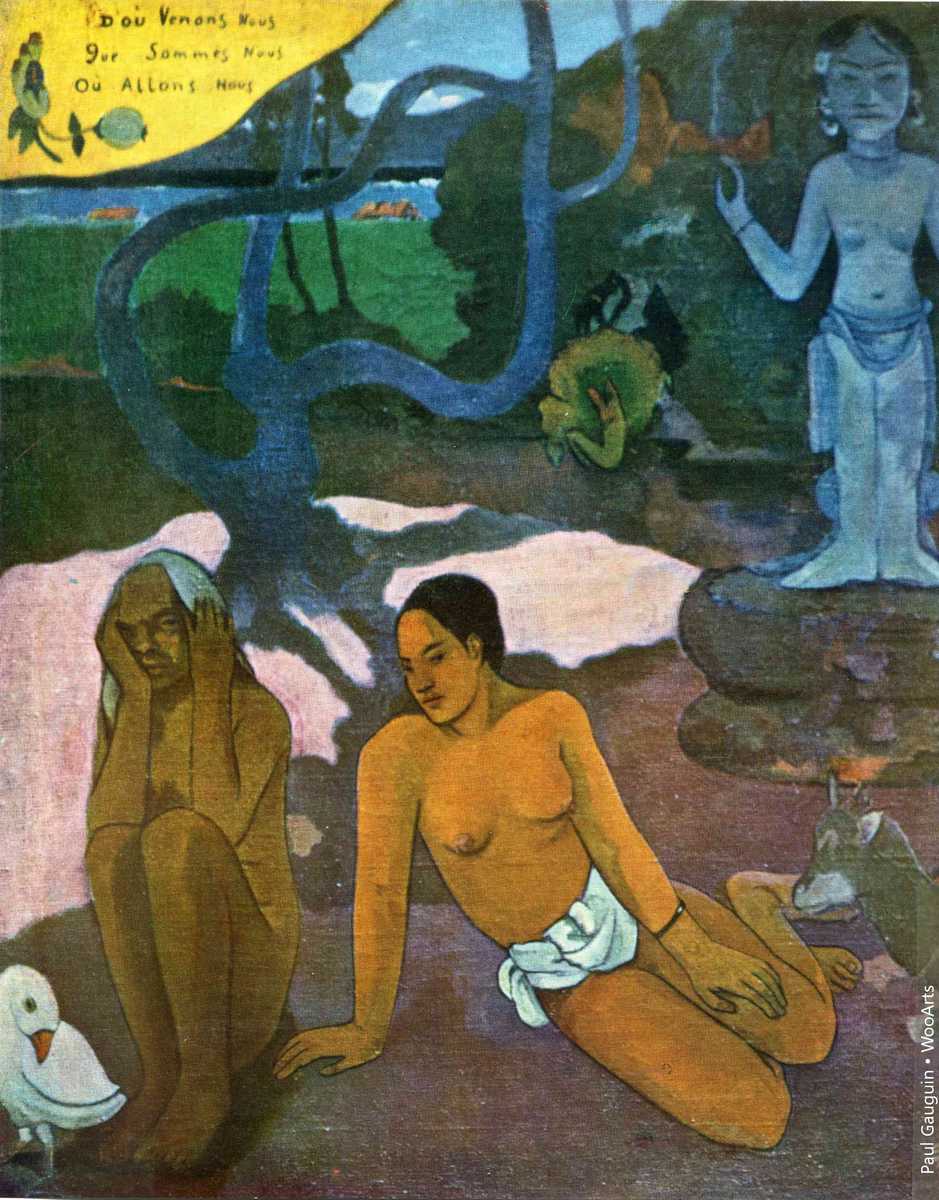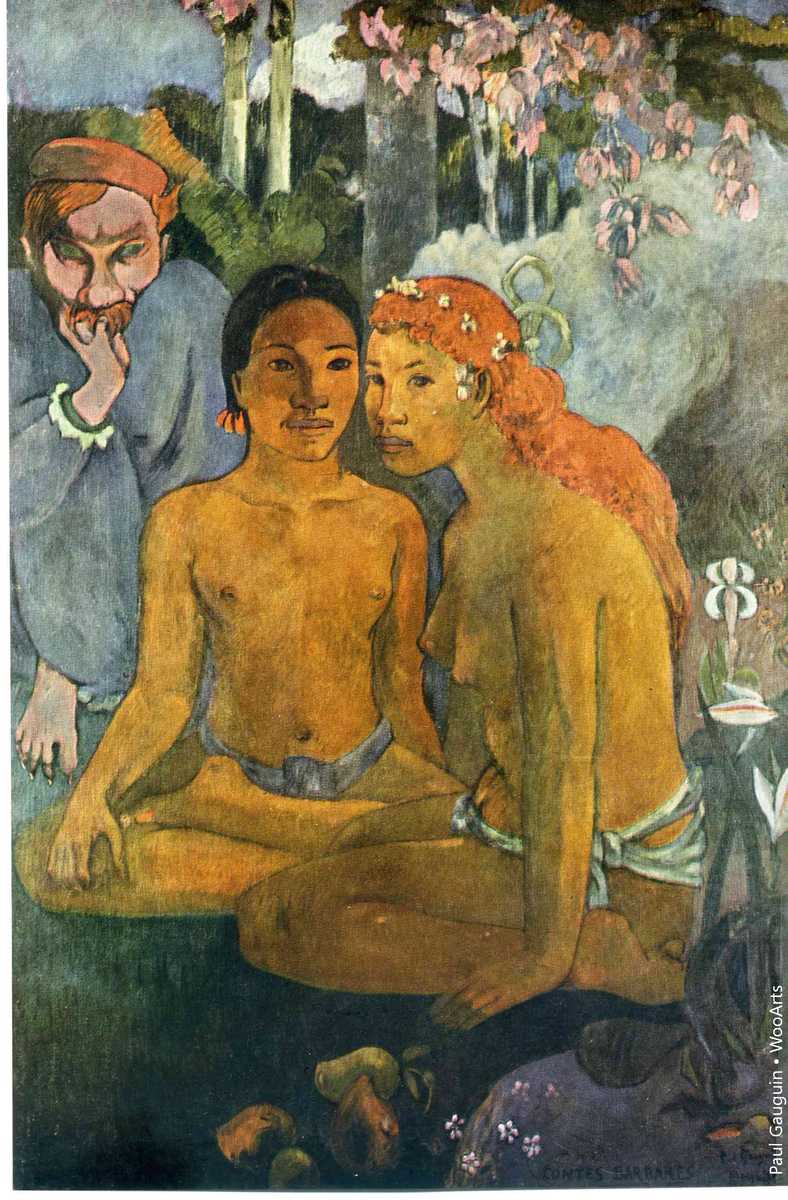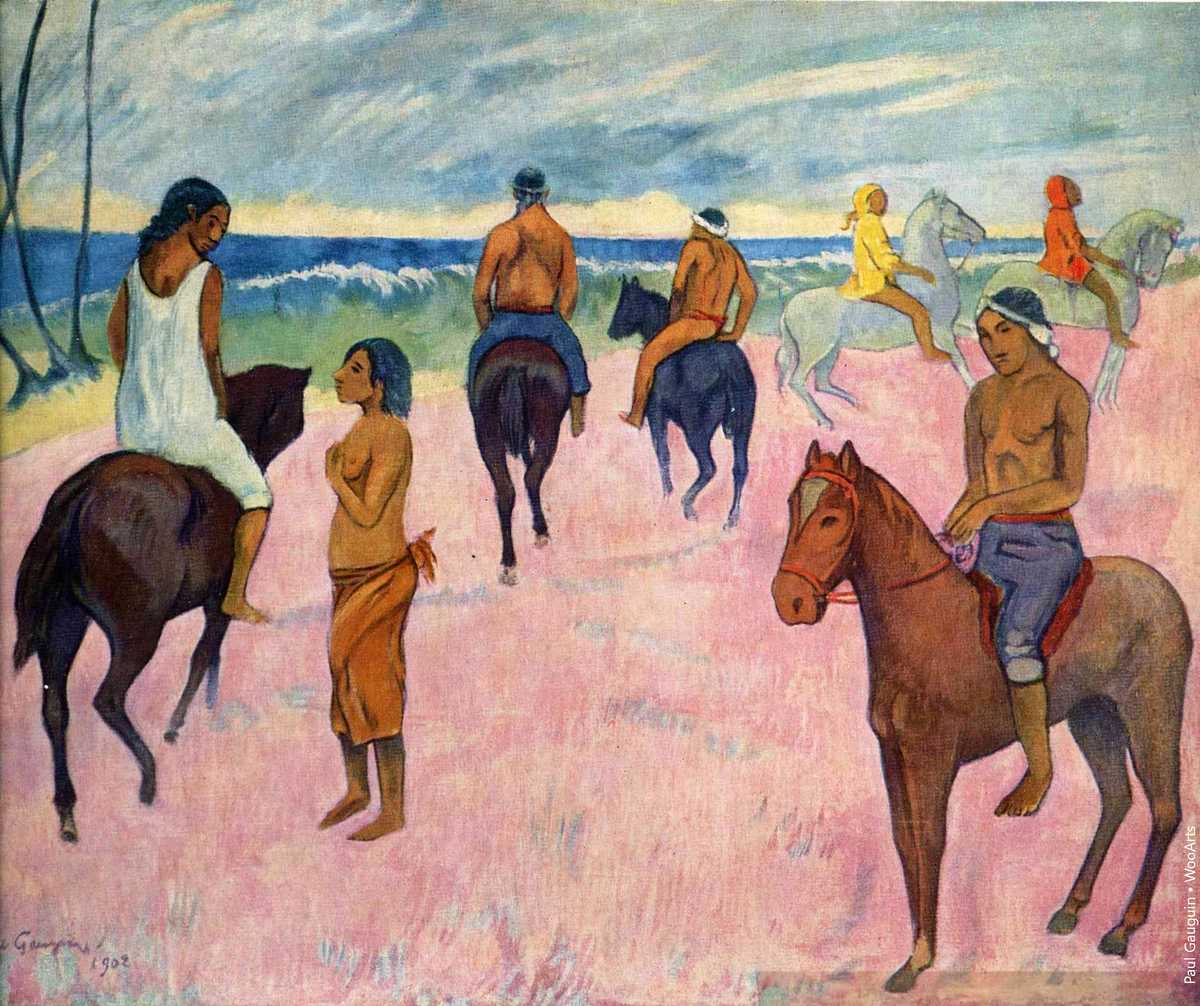Reevaluating Paul Gauguin: Art, Ethics, and Controversies
Paul Gauguin, a prominent figure in the Post-Impressionist art movement, is undoubtedly a celebrated artist known for his innovative contributions to the art world. However, like any artist, Gauguin’s work and life can be critiqued from various perspectives:
- Cultural Appropriation: Gauguin’s fascination with exoticism and his travels to Tahiti raised concerns of cultural appropriation. Some argue that he exploited and misrepresented Tahitian culture in his art, reducing it to a romanticized, Western perspective. This critique highlights the colonial mindset prevalent in his works.
- Ethical Issues: Gauguin’s personal life was marred by ethical controversies, including his relationships with underage girls in Tahiti and his abandonment of his family in France. These actions cast a shadow on his character and raise questions about his moral integrity.
- Colonialism and Orientalism: Gauguin’s work often perpetuated Orientalist and colonialist themes, reinforcing European stereotypes about non-Western cultures. Critics argue that he contributed to the objectification and dehumanization of indigenous people through his art.
- Escapism: Gauguin’s decision to leave Europe for Tahiti can be seen as an attempt to escape the industrialization and societal norms of the time. Some critics argue that this escapism was a privilege, as many people did not have the means to escape their circumstances. This critique questions the artist’s detachment from the realities faced by ordinary people.
- Artistic Evolution: While Gauguin made significant contributions to the development of modern art, his later works, especially in Tahiti, have been criticized for their repetitiveness and stagnation. Some argue that he failed to evolve as an artist, relying on familiar motifs and styles.
- Commercialization: Gauguin’s posthumous commercial success has led to a commodification of his art. This has sometimes overshadowed the deeper meanings and cultural context of his works, reducing them to marketable commodities.
- Gender Representation: Gauguin’s portrayal of women in his art has been criticized for objectifying and idealizing them. His depictions often conform to traditional, patriarchal ideals of femininity, which can be seen as regressive.

In conclusion, while Paul Gauguin’s artistic contributions are undeniable, his work and life are not without their share of controversies and critiques. These concerns center around issues of cultural appropriation, ethics, colonialism, and artistic evolution. It is essential to approach his legacy with a critical eye and an awareness of the broader socio-cultural context in which he lived and worked.
Paul Gauguin: A Journey Through Art and Life
Paul Gauguin, born on June 7, 1848, in Paris, France, is celebrated as one of the most influential artists of the late 19th century. His life and work are a testament to his quest for artistic innovation and a rejection of the societal norms of his time. This article delves into the history and evolution of Paul Gauguin’s paintings and life.
Early Life and Artistic Beginnings (1848-1886): Paul Gauguin’s early life was marked by hardship and a constant search for identity. His parents’ mixed lineage – a French father and a Peruvian-Indian mother – left a lasting impact on his art. Gauguin initially pursued a career in finance and only took up painting as a hobby. However, after a stock market crash in 1882, he decided to commit himself to art full-time.
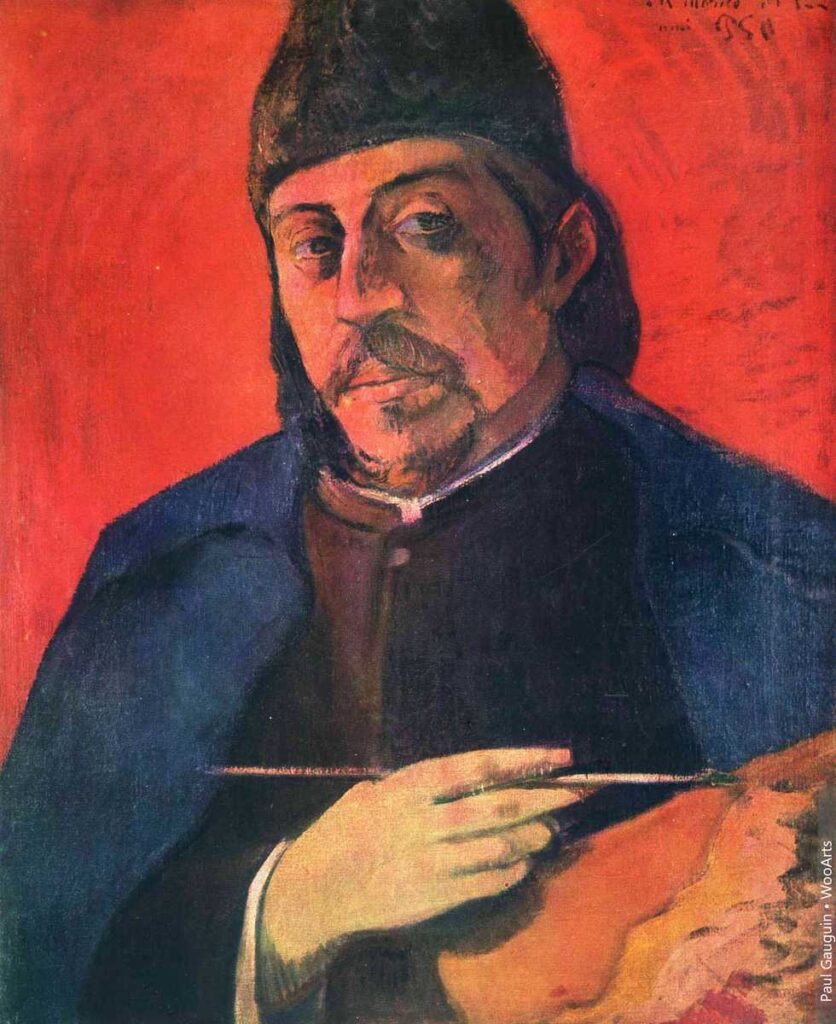

Gauguin’s early works were influenced by Impressionism, and he associated with artists like Camille Pissarro and Claude Monet. He painted scenes of rural life, landscapes, and still lifes. However, financial difficulties and a desire to escape the constraints of urban society eventually led him to explore new artistic horizons.
The Move to Pont-Aven and Synthetism (1886-1891): In 1886, Gauguin moved to the village of Pont-Aven in Brittany, seeking a simpler life and artistic inspiration. Here, he developed the style known as Synthetism, characterized by bold colors, simplified forms, and a focus on the symbolic and emotional aspects of art. One of his iconic works from this period is “The Vision After the Sermon,” which exemplifies his departure from traditional representation.
Tahiti and Primitivism (1891-1903): Perhaps the most transformative phase of Gauguin’s life and art was his decision to leave Europe and travel to Tahiti in 1891. This move was motivated by a desire for a more authentic and exotic experience. In Tahiti, he immersed himself in the local culture, producing a series of paintings that depicted Tahitian life, mythology, and landscape.
Gauguin’s Tahitian period is also marked by his embrace of Primitivism, which aimed to capture the essence of a culture untouched by Western industrialization. His works during this time are characterized by bold colors, simplified forms, and a focus on the spiritual and mystical.
Late Years and Legacy (1903-1903): Despite struggling with health issues and financial difficulties, Gauguin continued to produce significant works in his later years. He returned to France in 1901 but felt like an outsider in the art world. His health deteriorated, and he passed away in 1903 at the age of 54.
Paul Gauguin’s legacy is immense. He is remembered for his contributions to Post-Impressionism, Symbolism, and Primitivism, which paved the way for modern art movements like Fauvism and Expressionism. His bold use of color, innovative techniques, and exploration of non-Western cultures continue to inspire artists to this day.
In conclusion, Paul Gauguin’s life and art reflect a profound journey of self-discovery, artistic experimentation, and a quest for authenticity. His legacy as a pioneer in modern art endures, and his works continue to captivate and challenge viewers worldwide.
